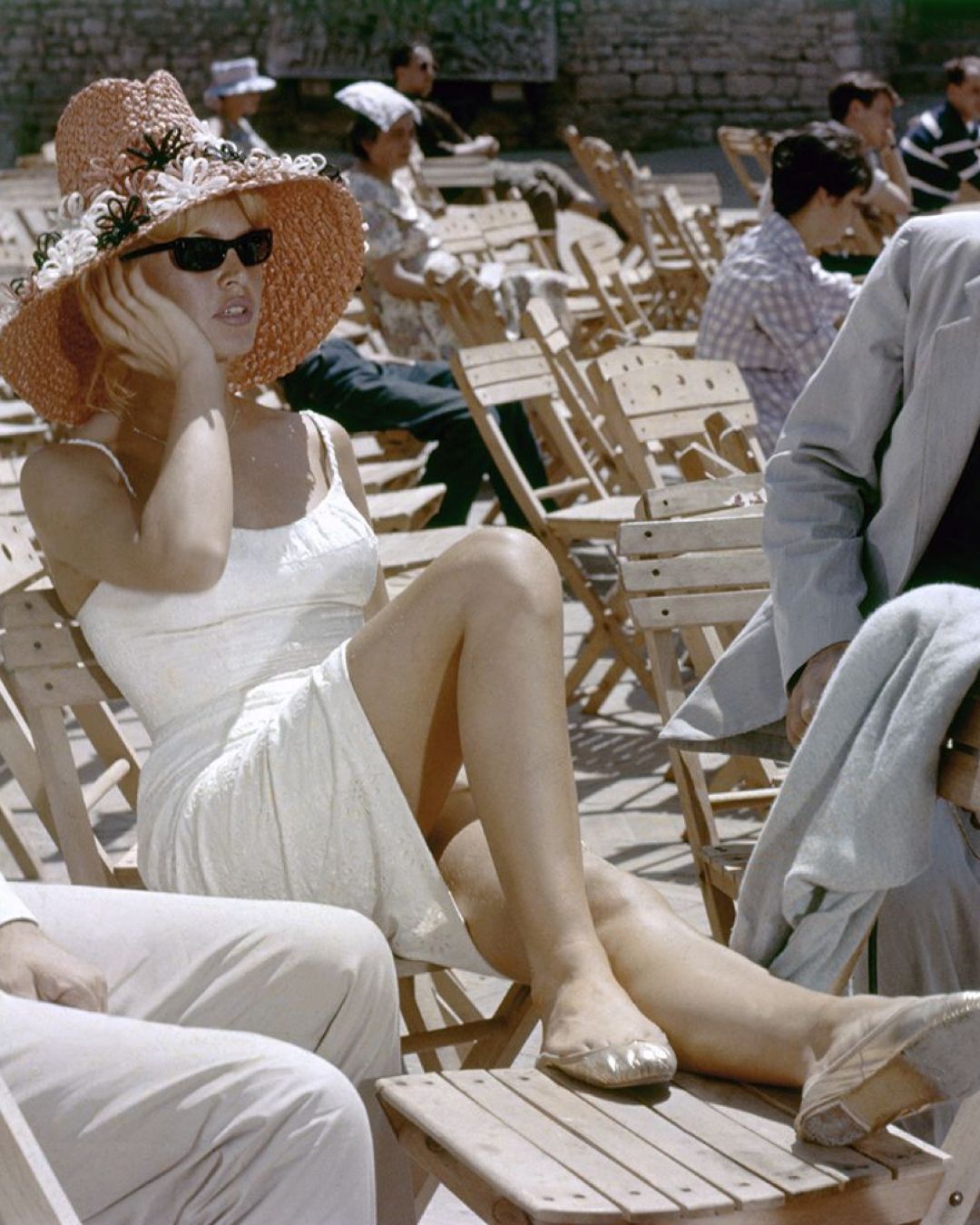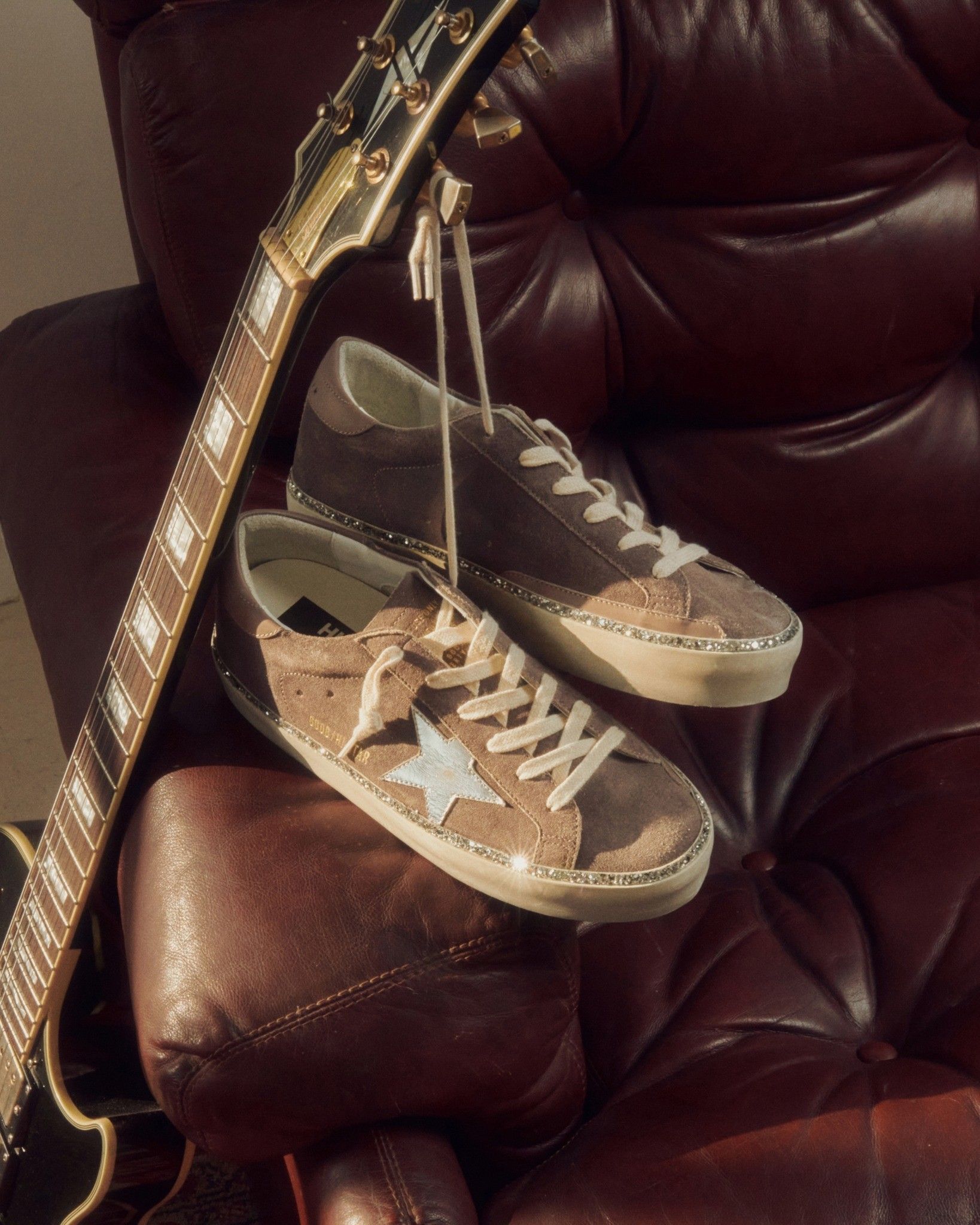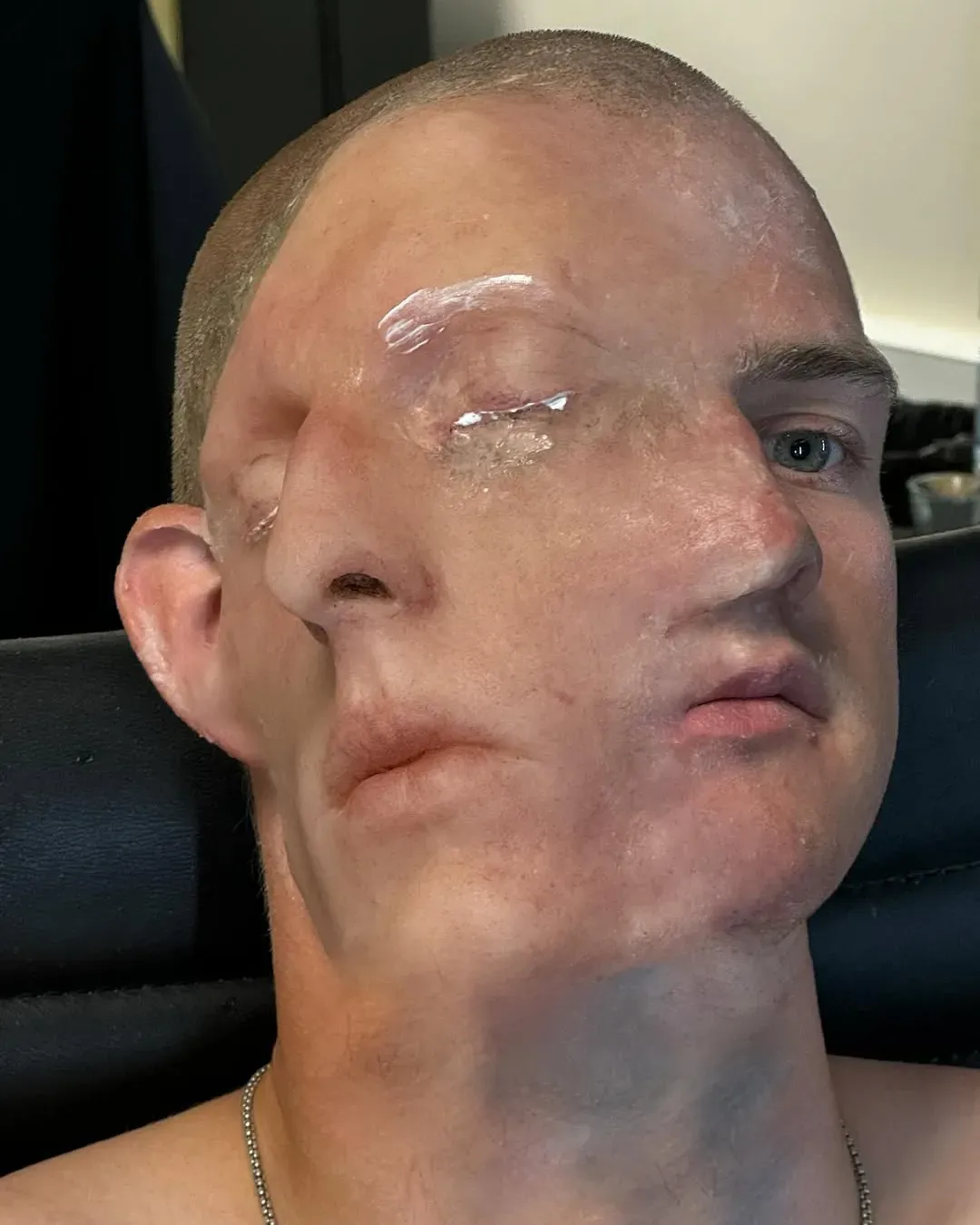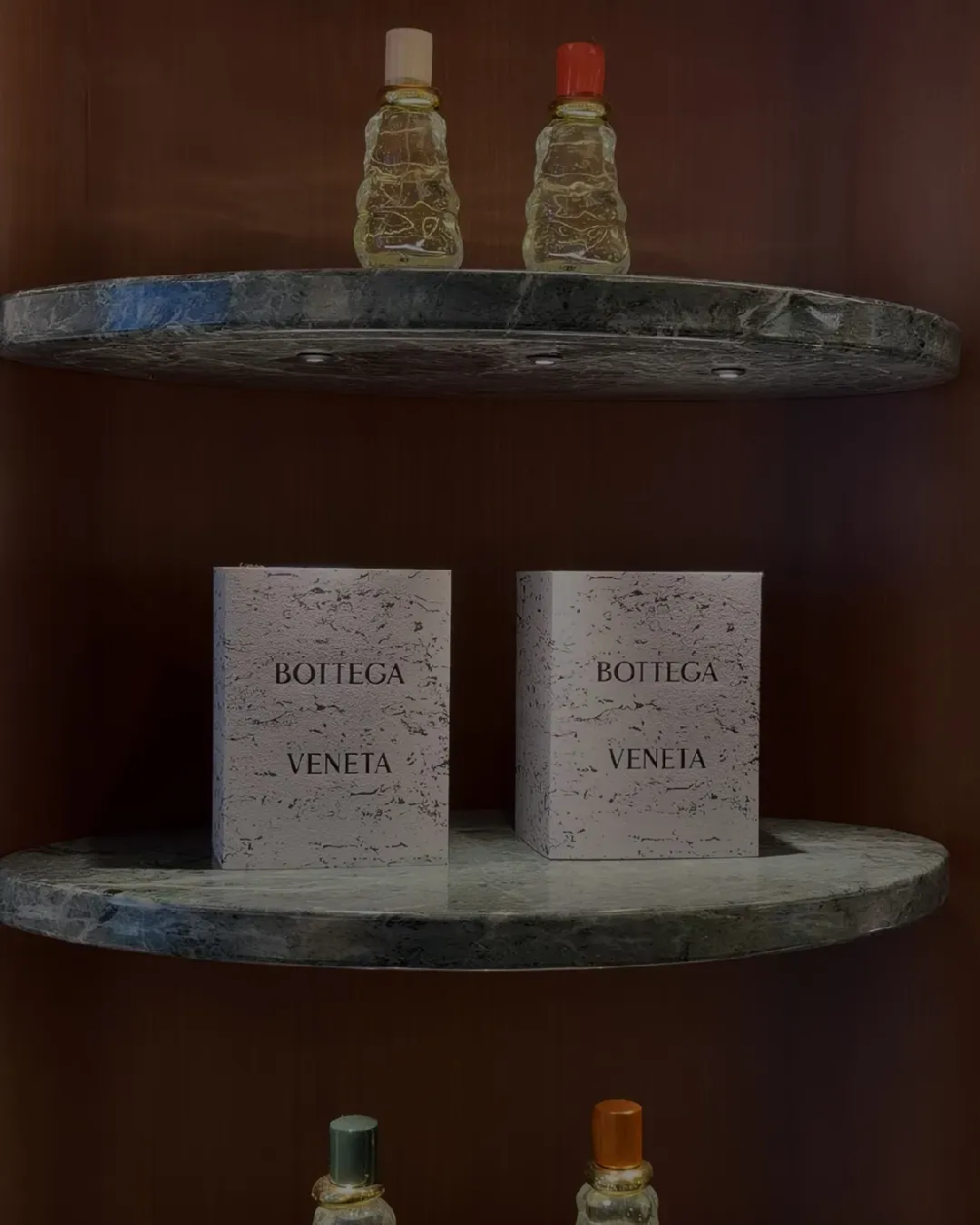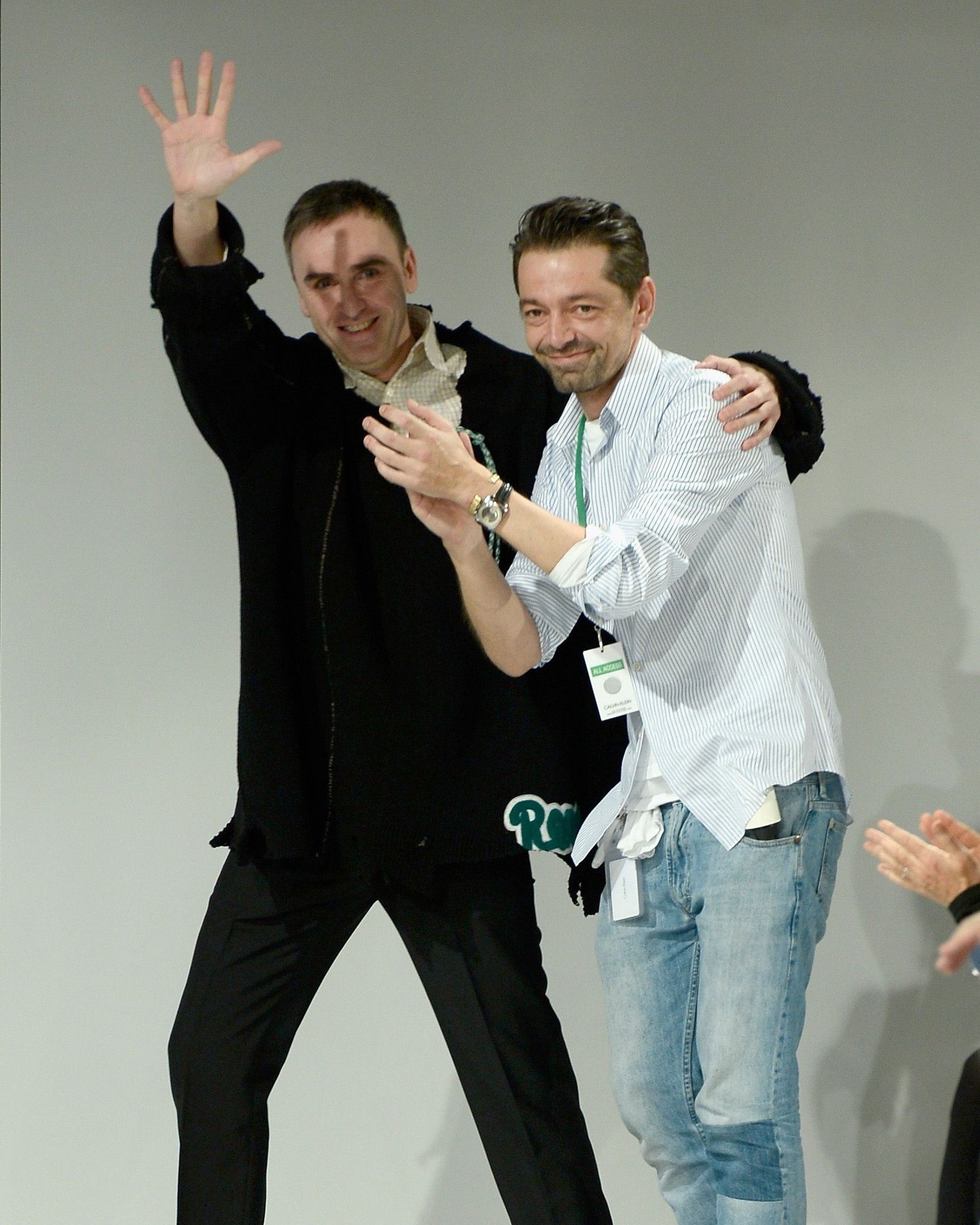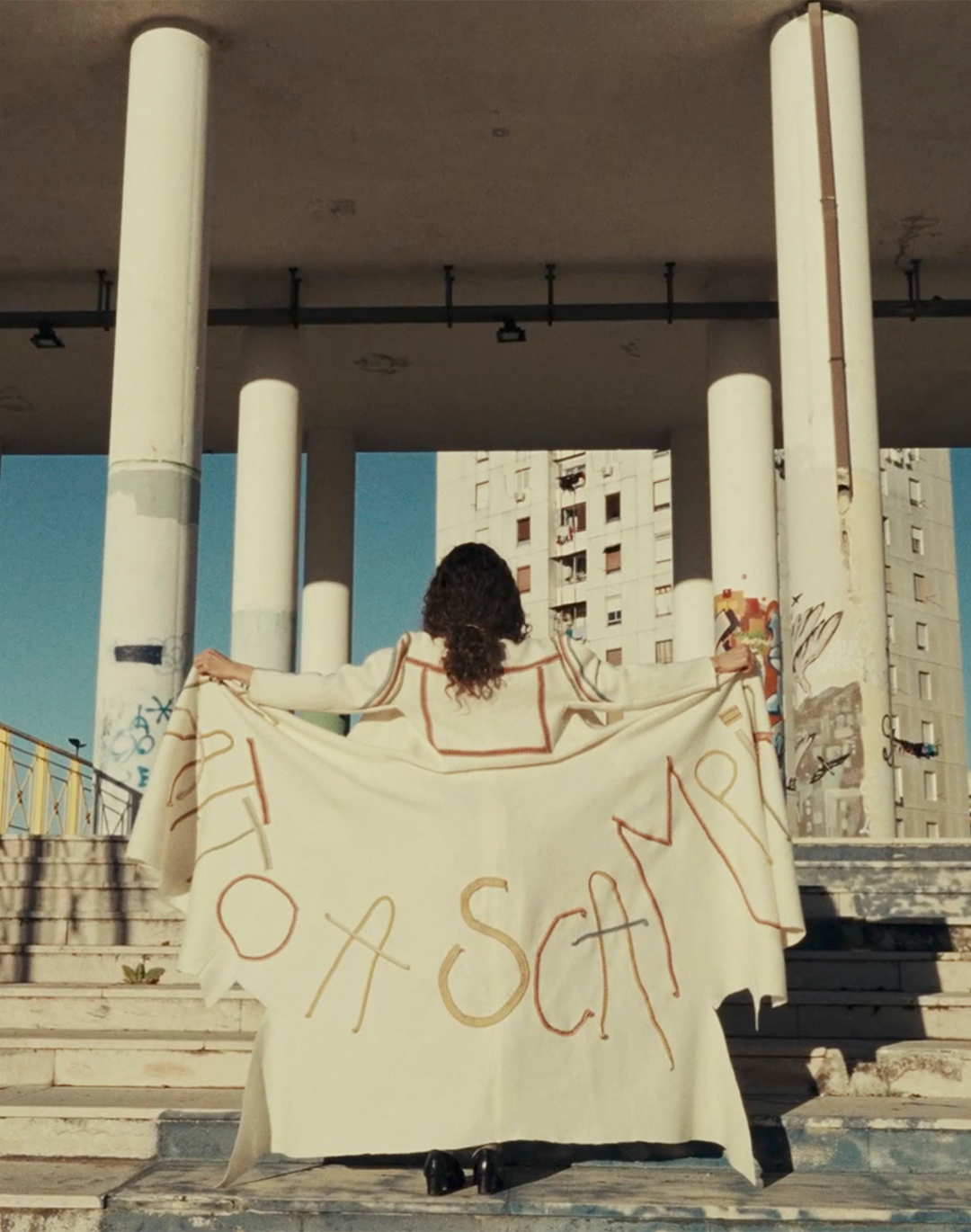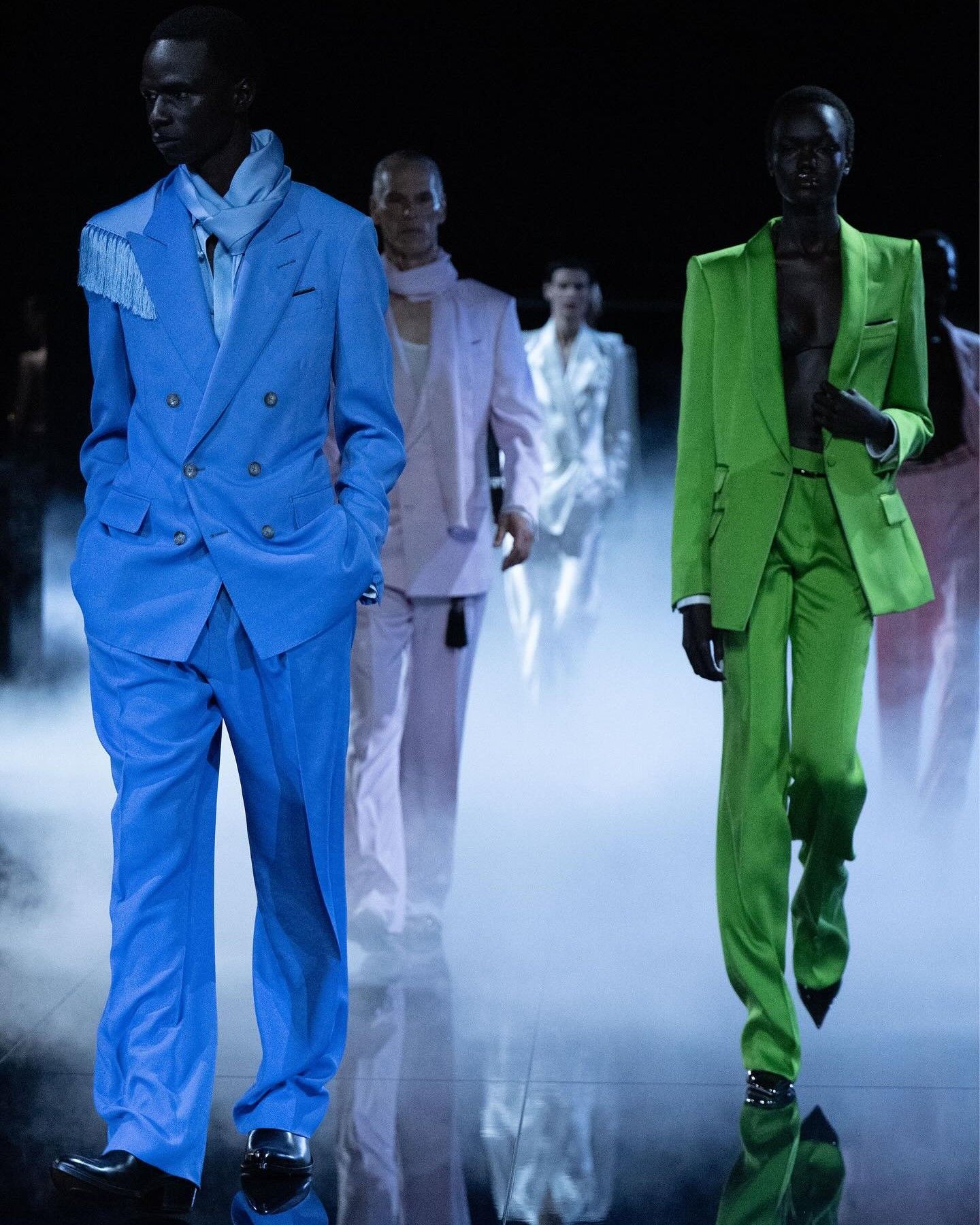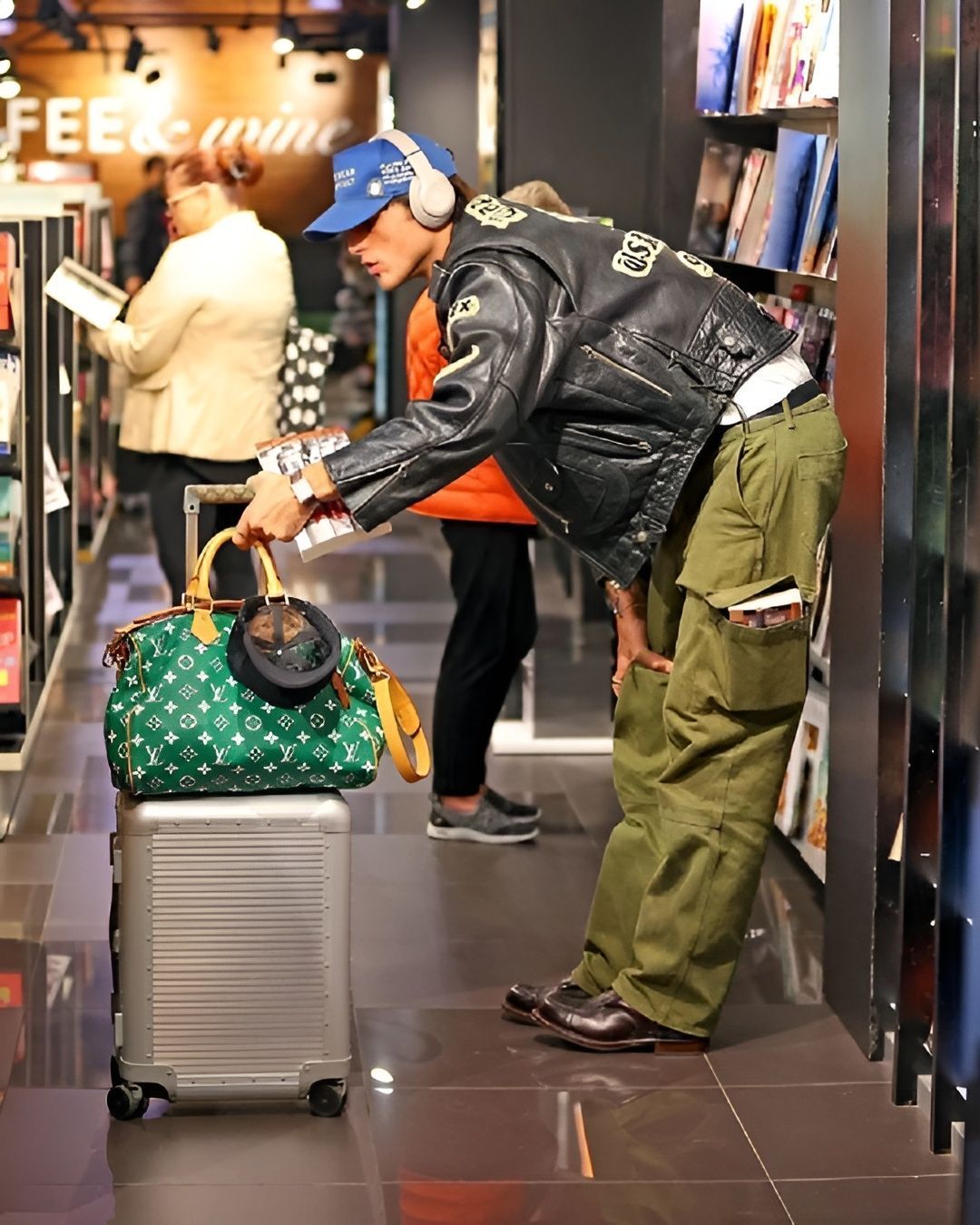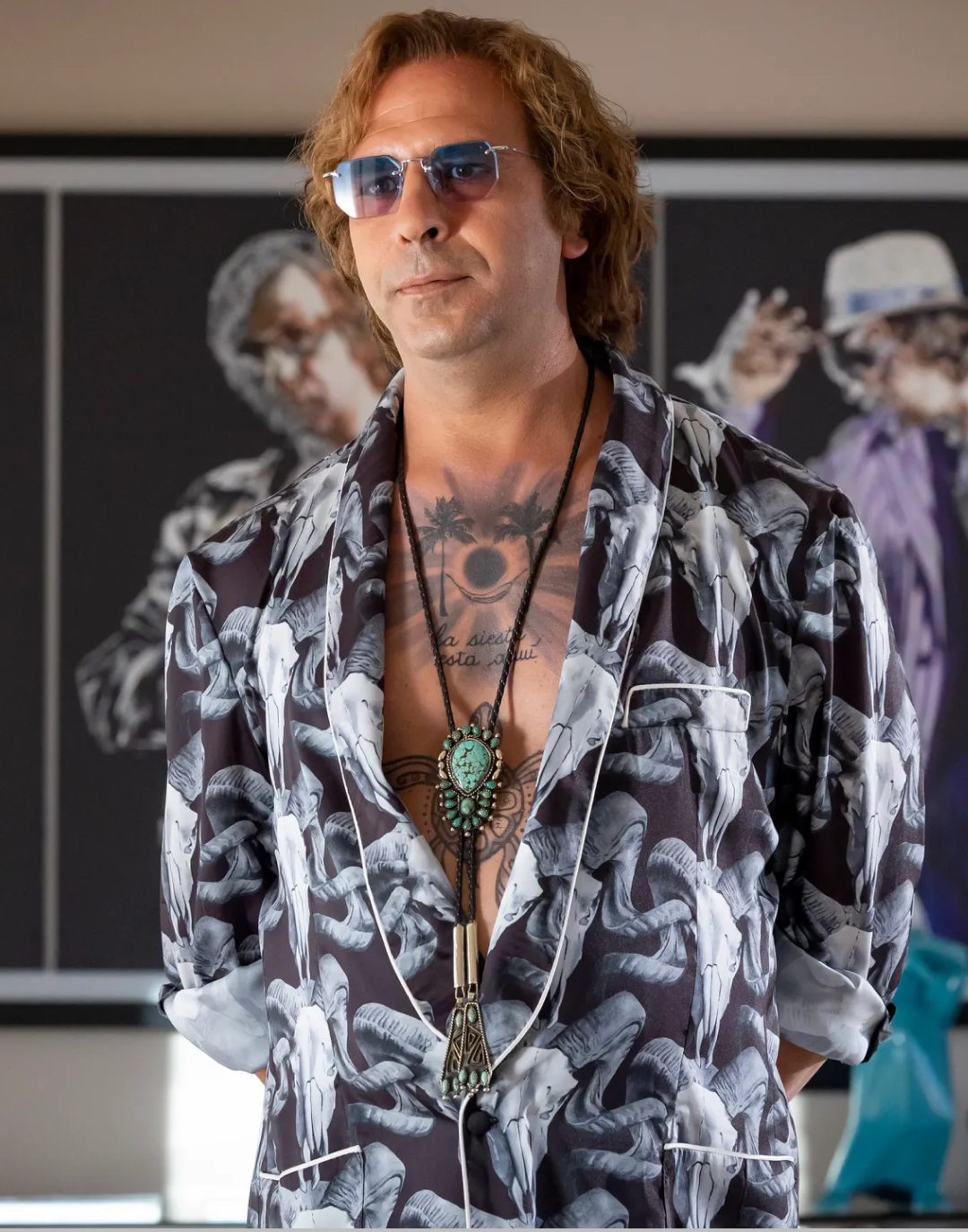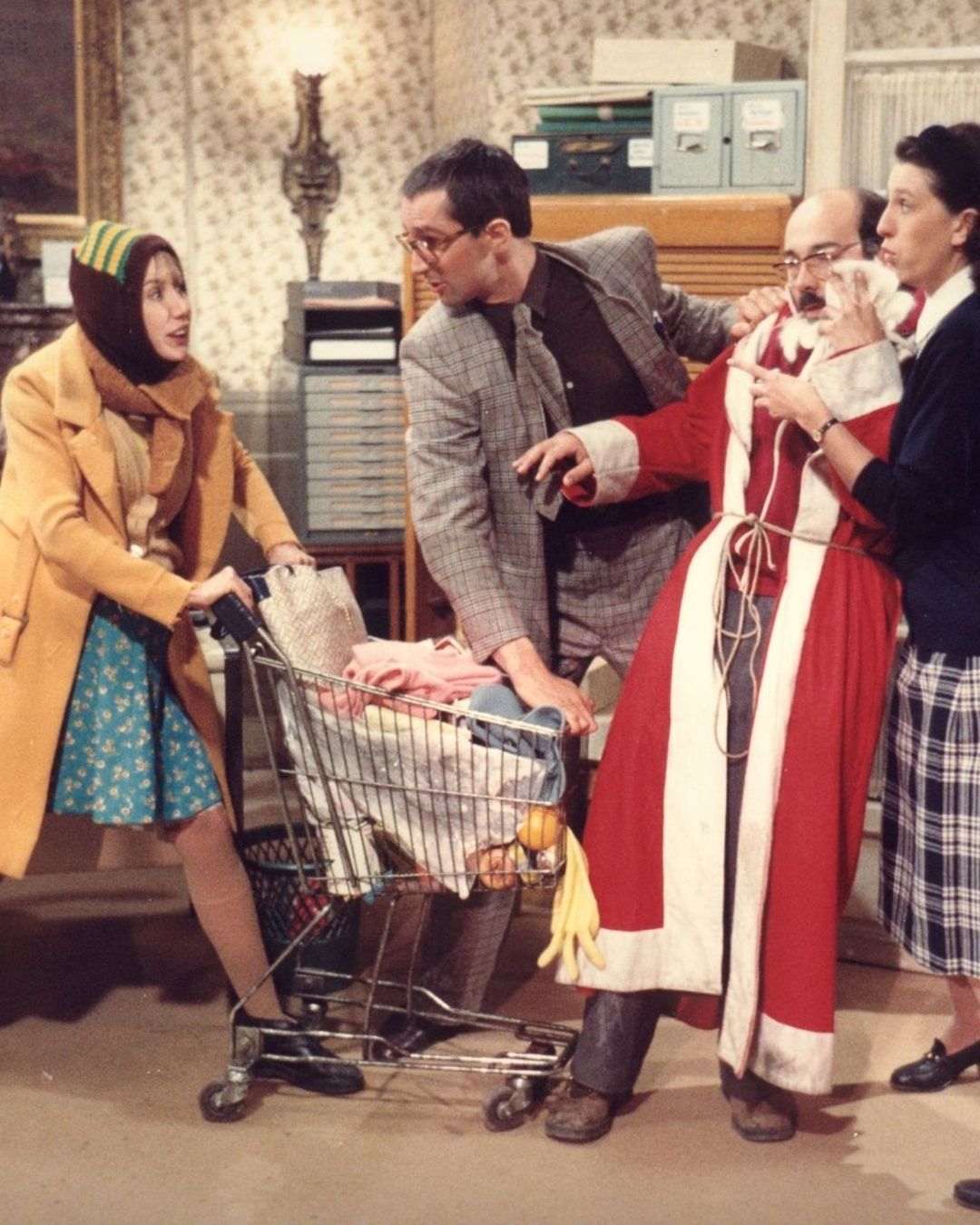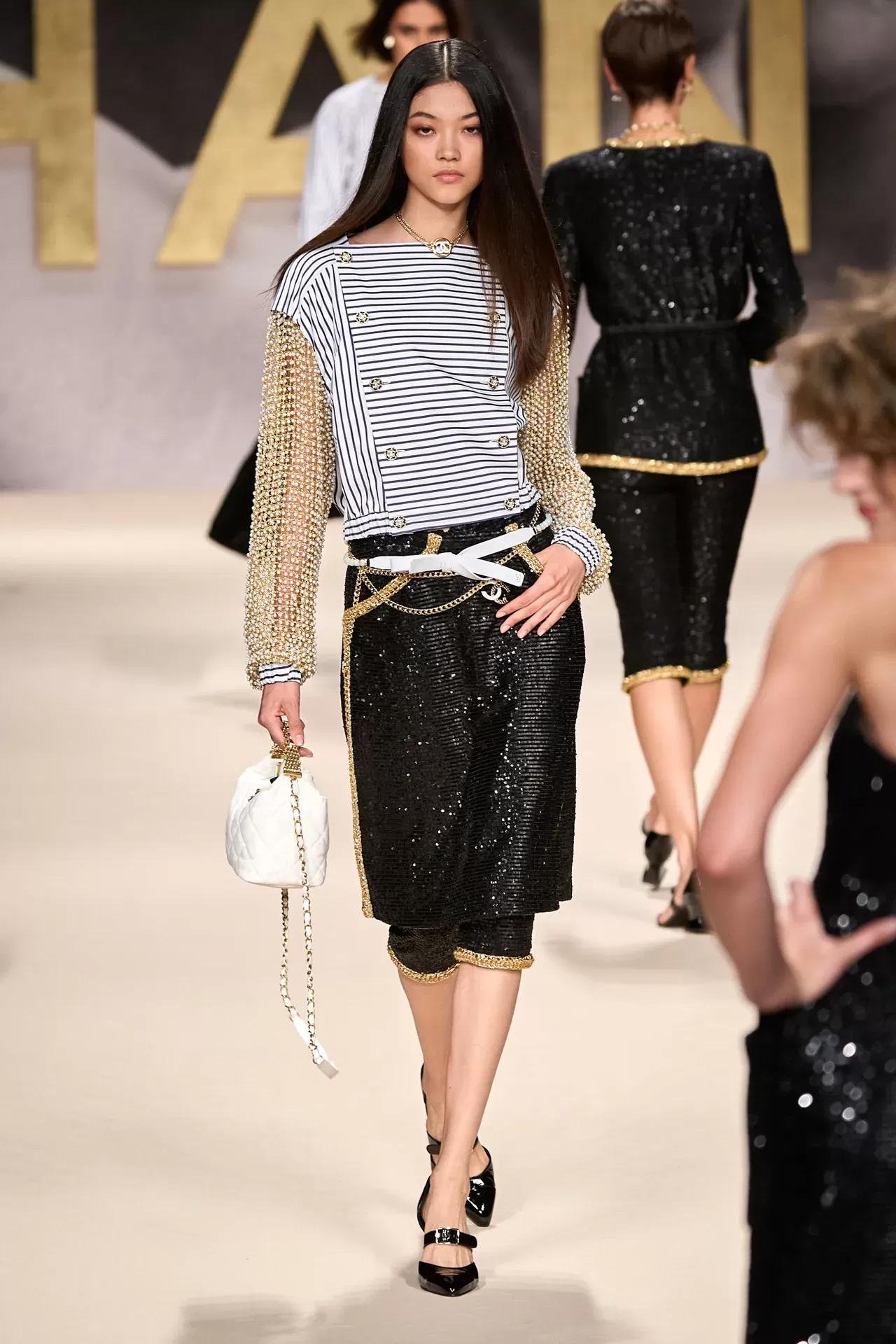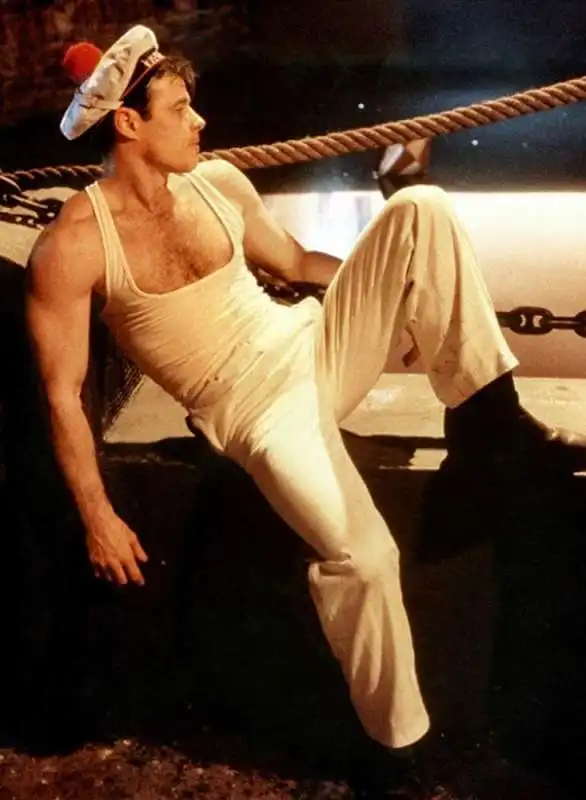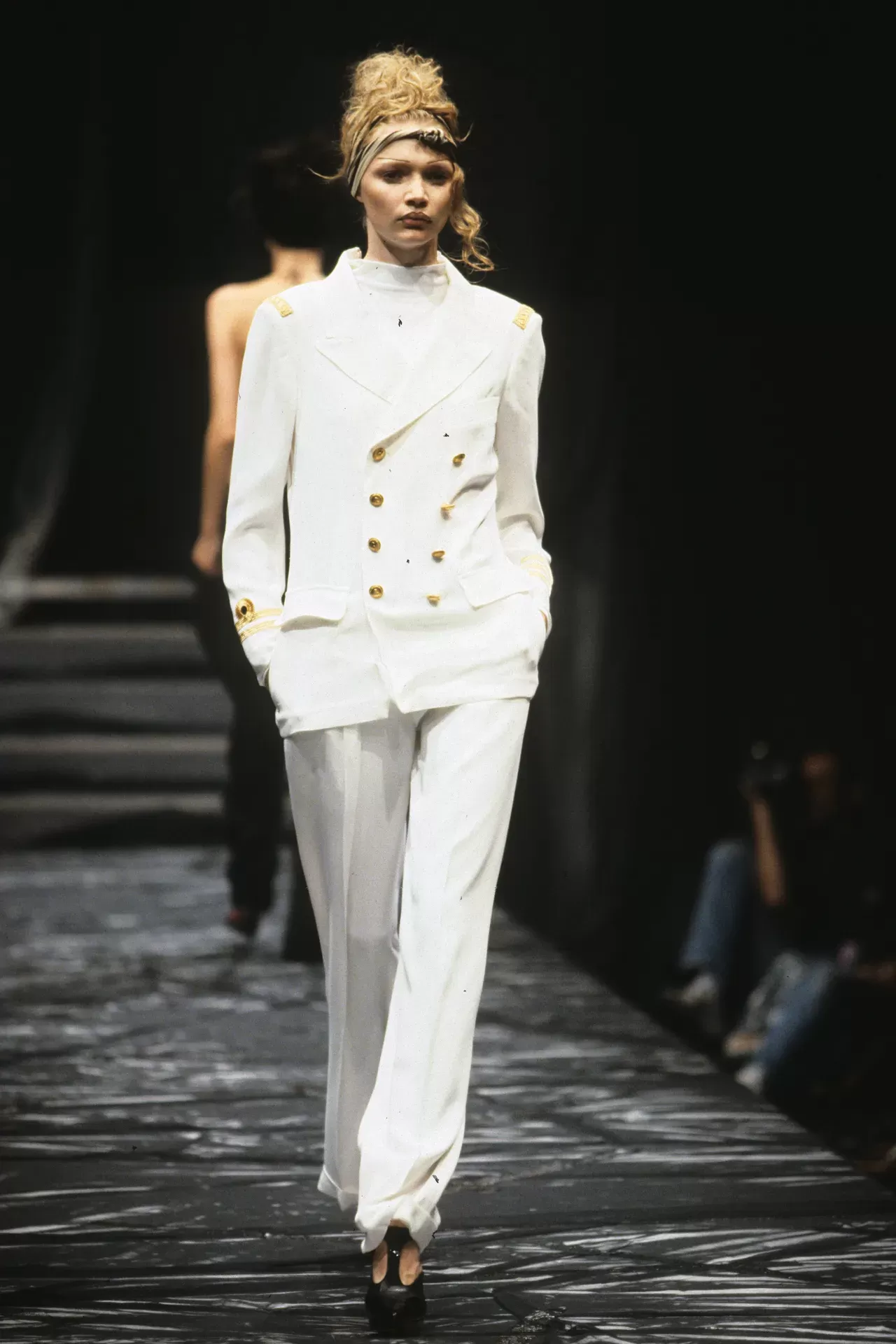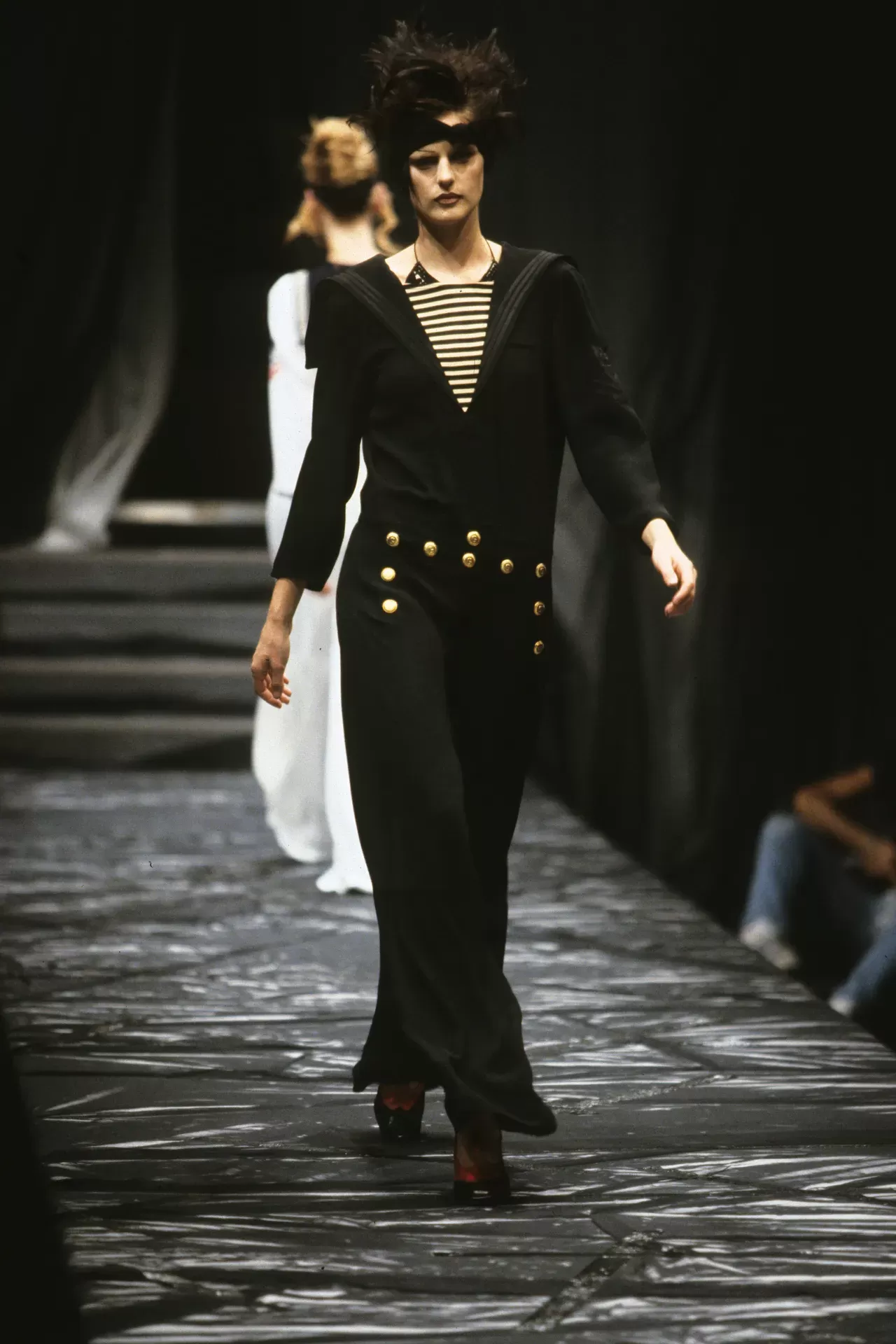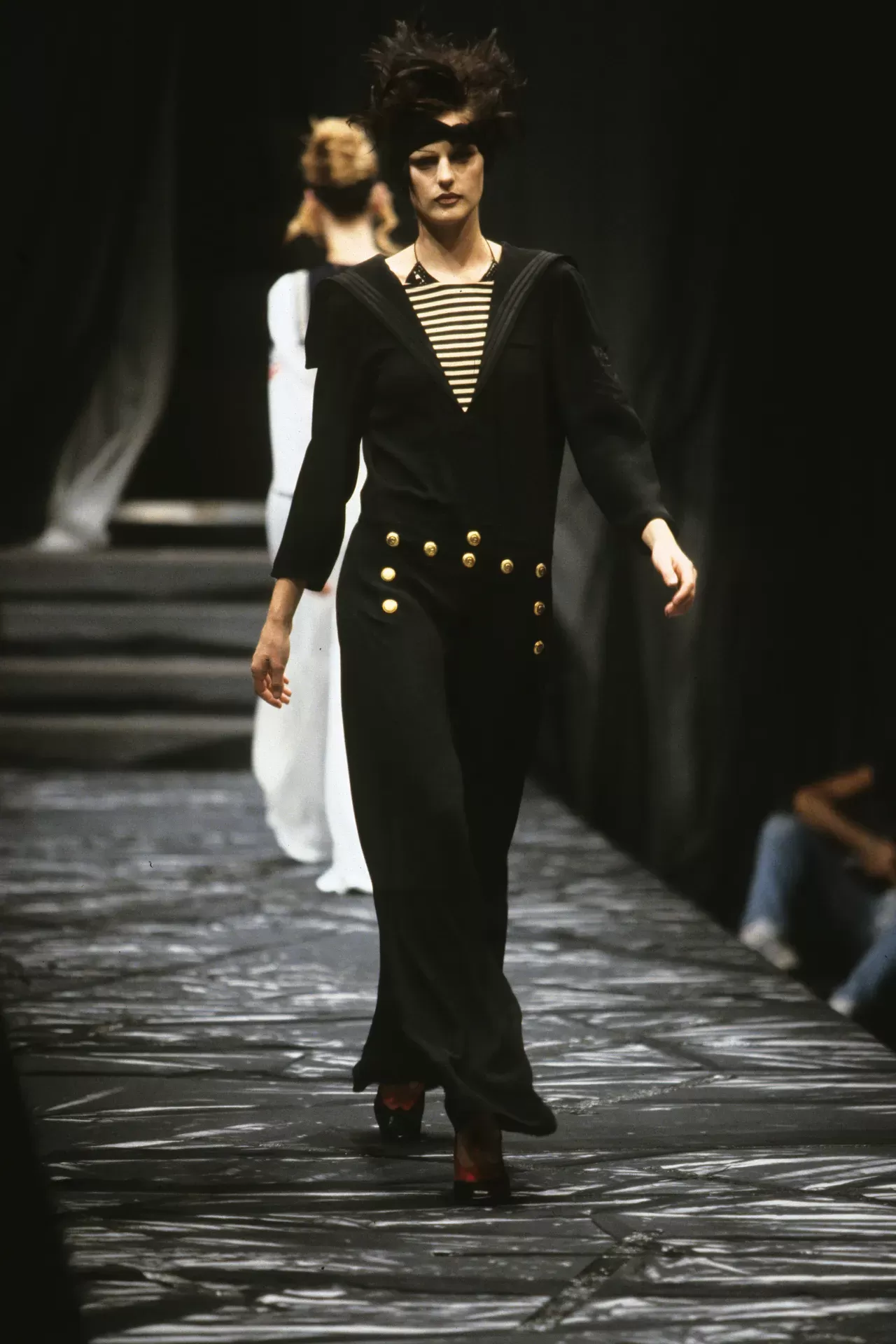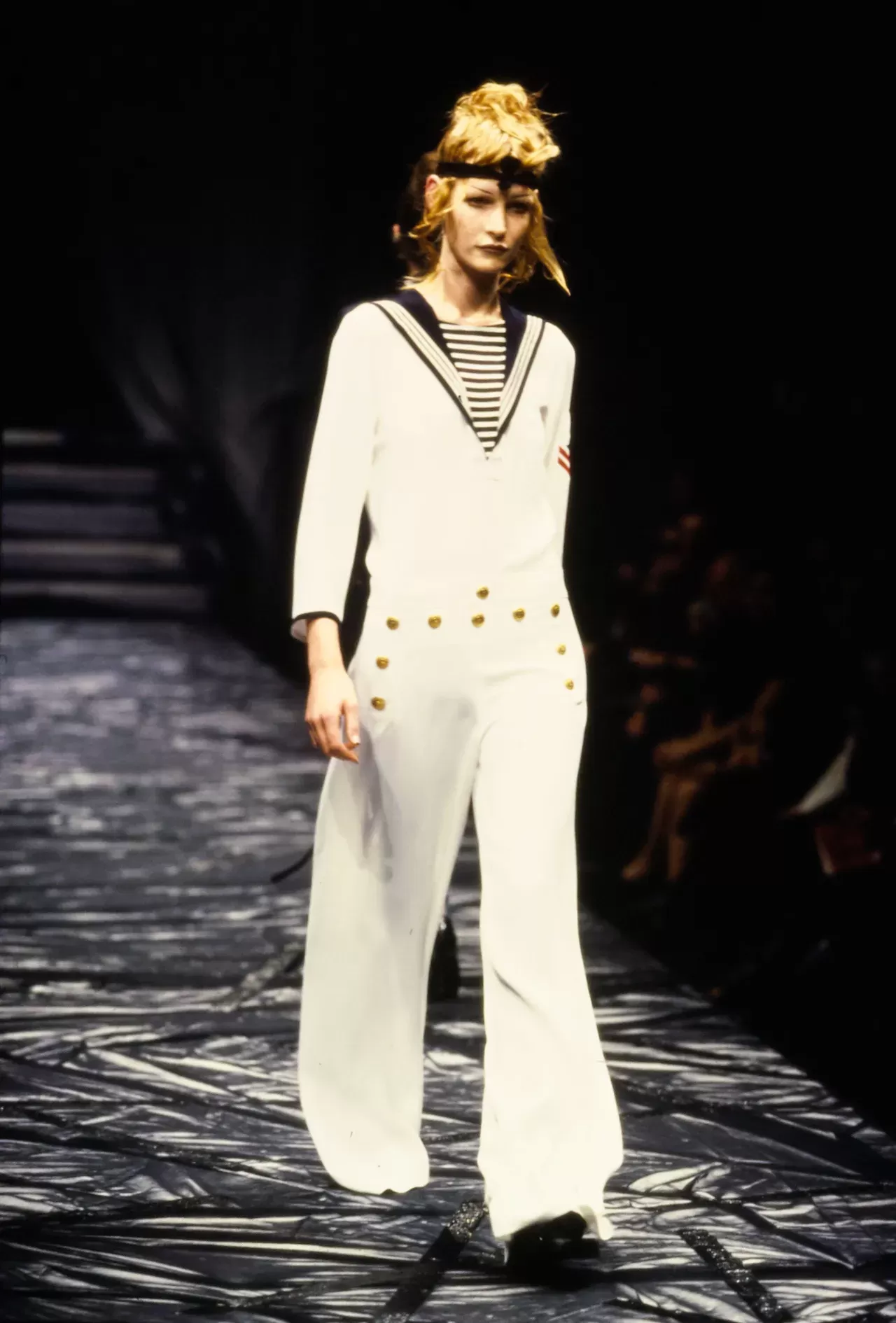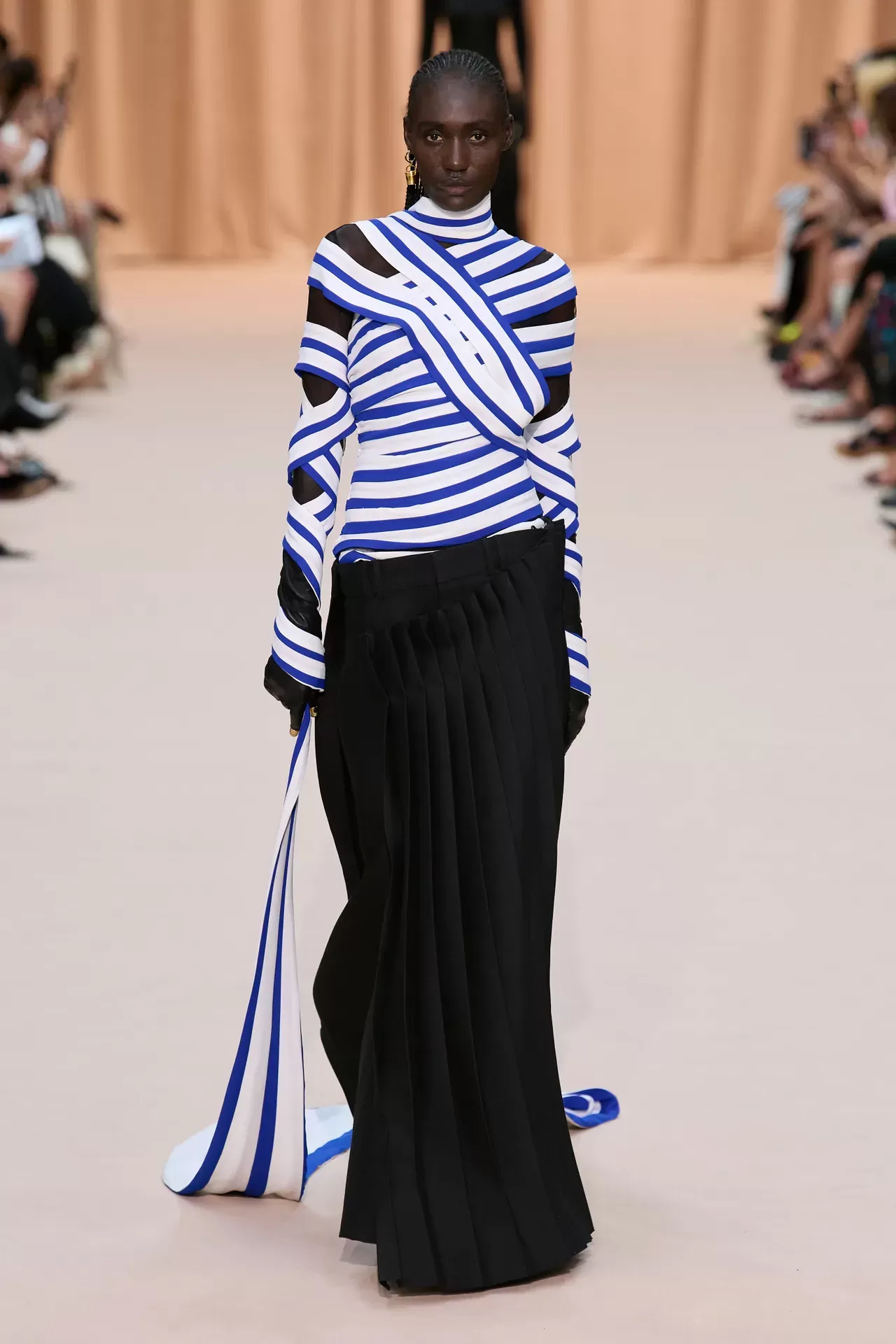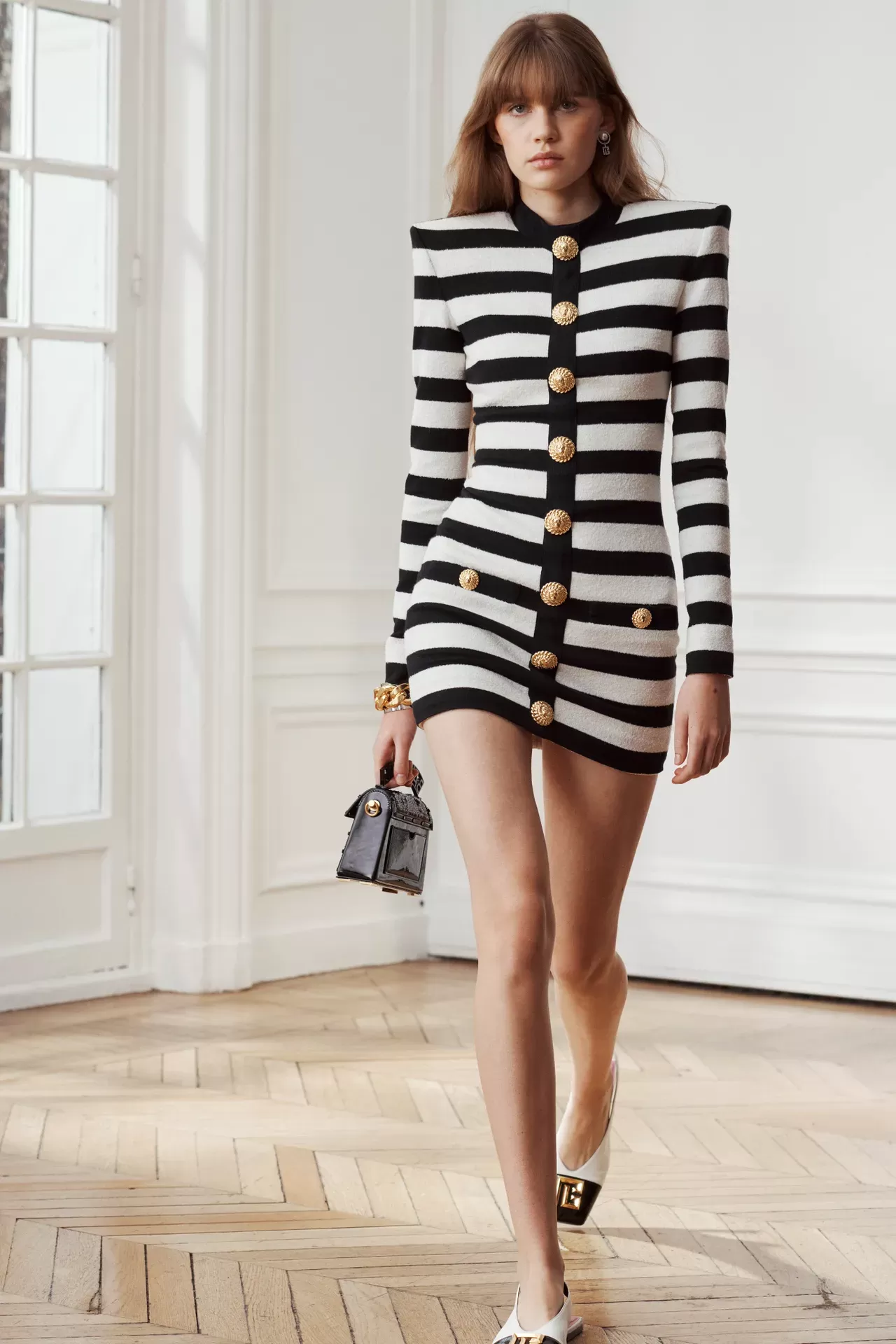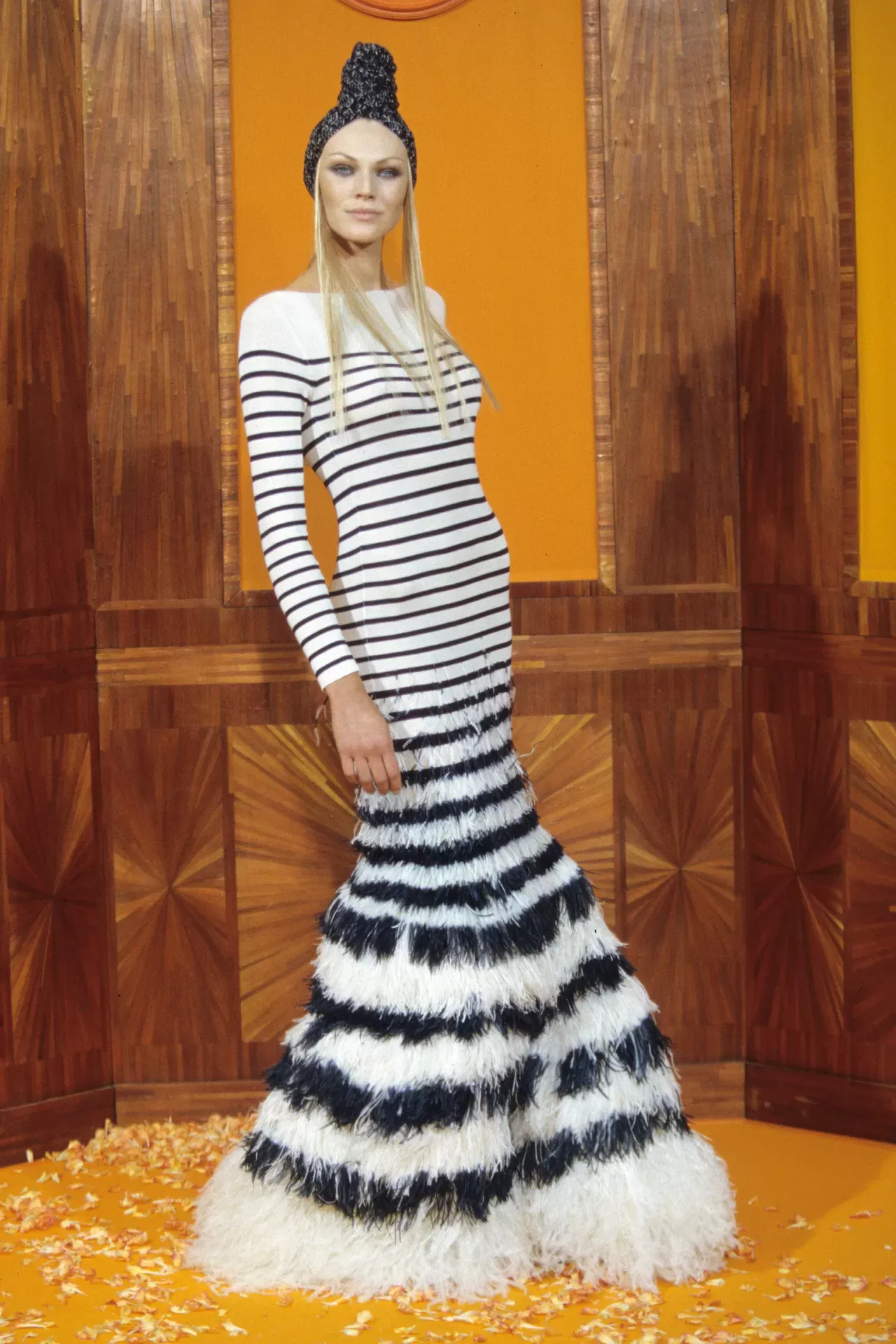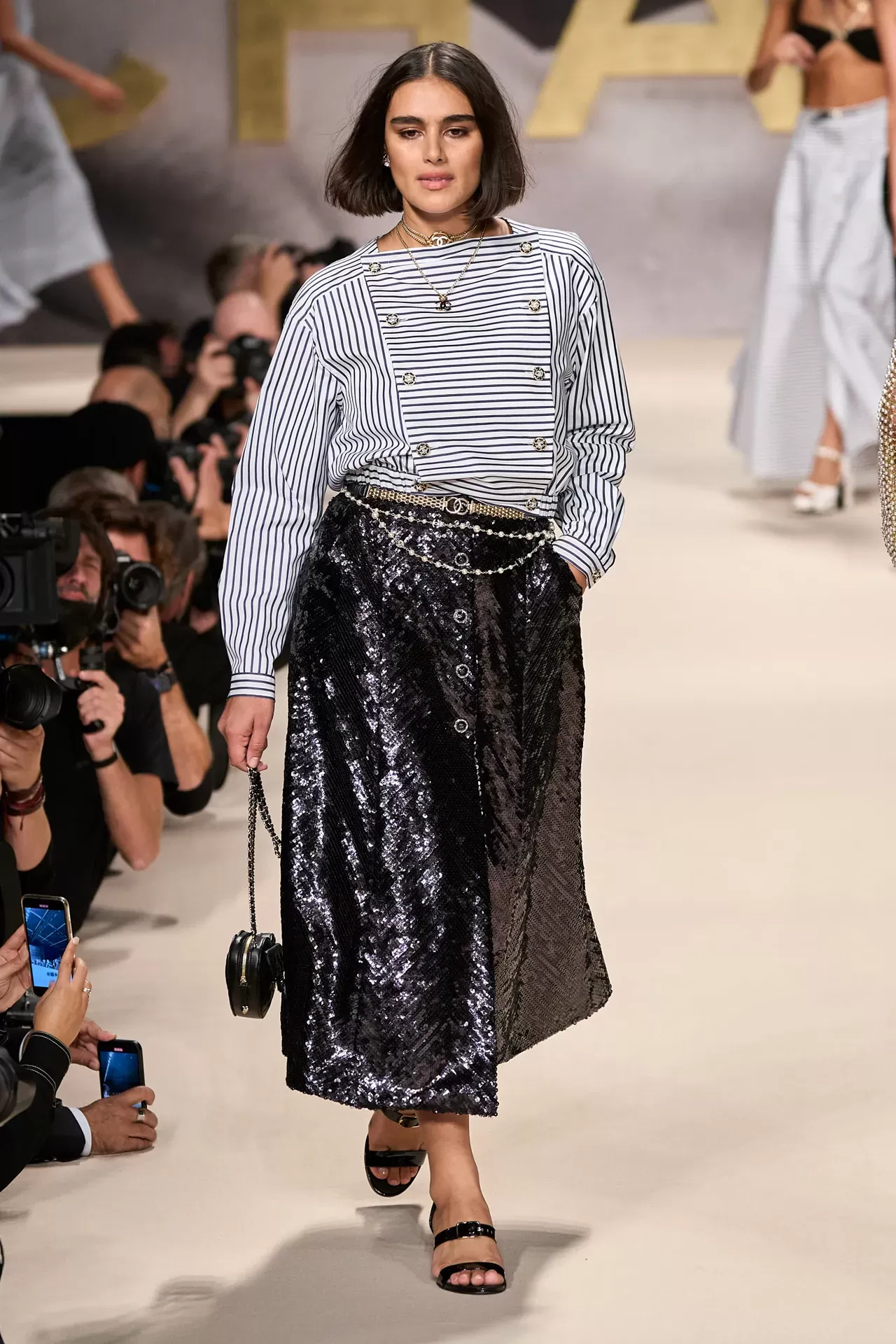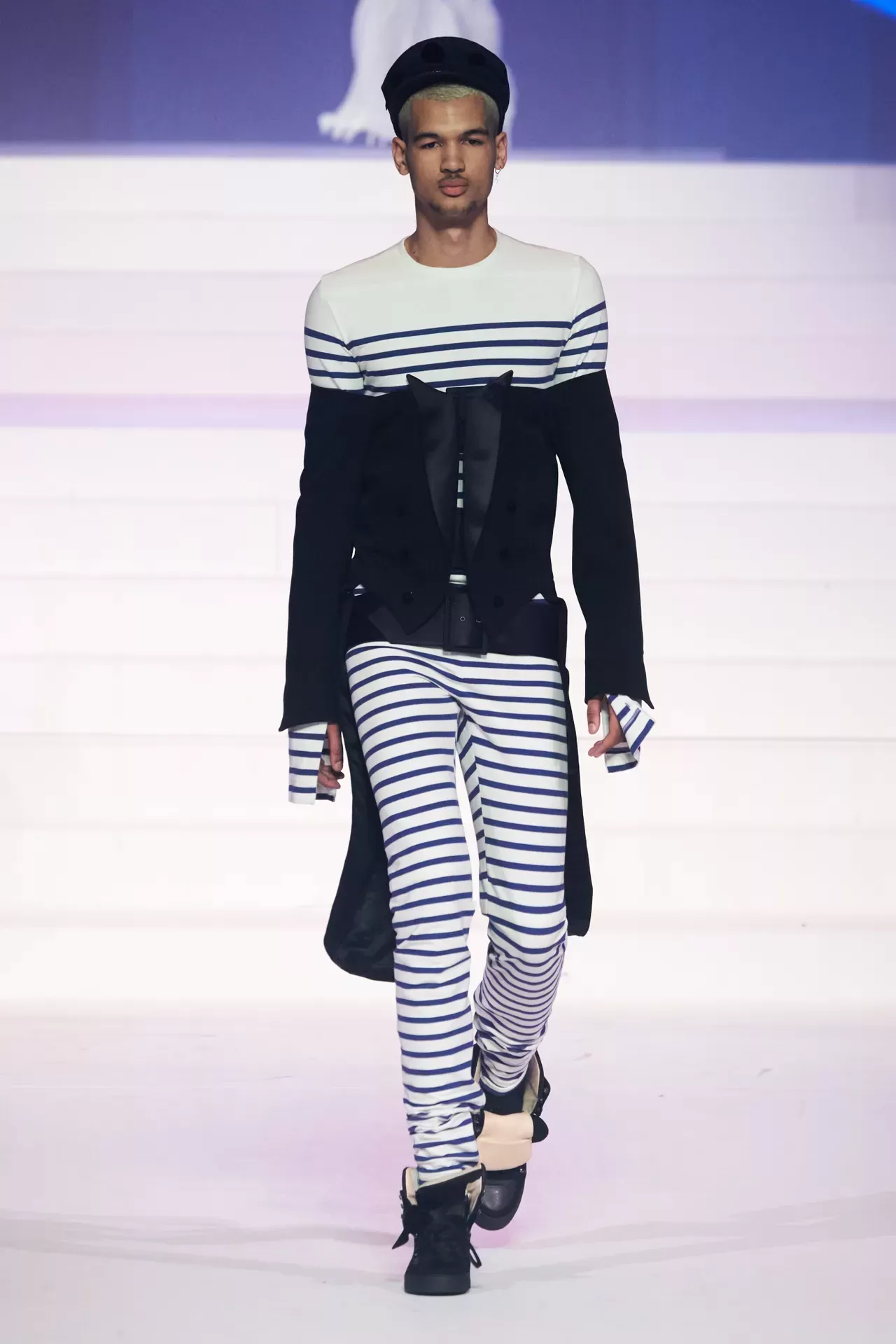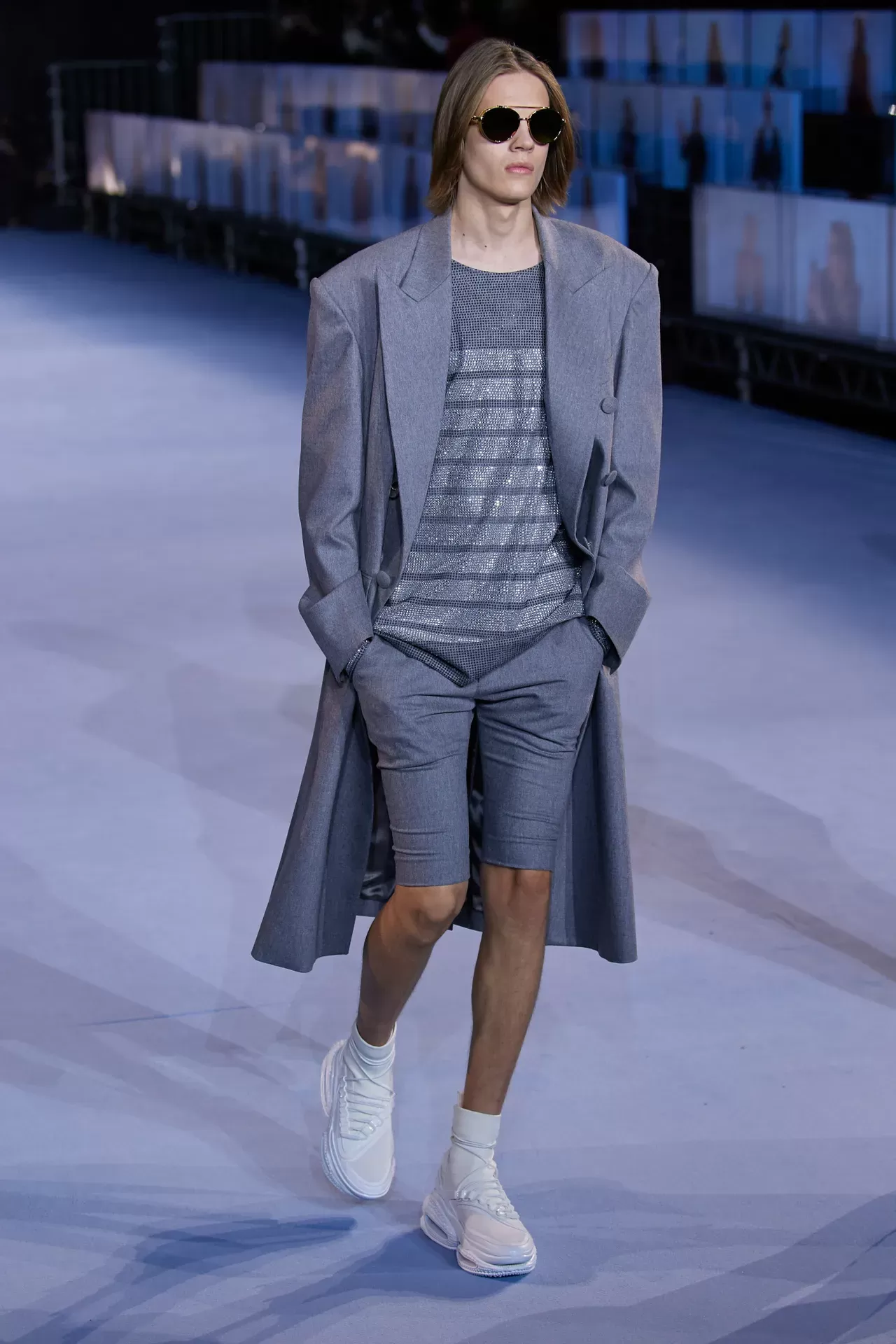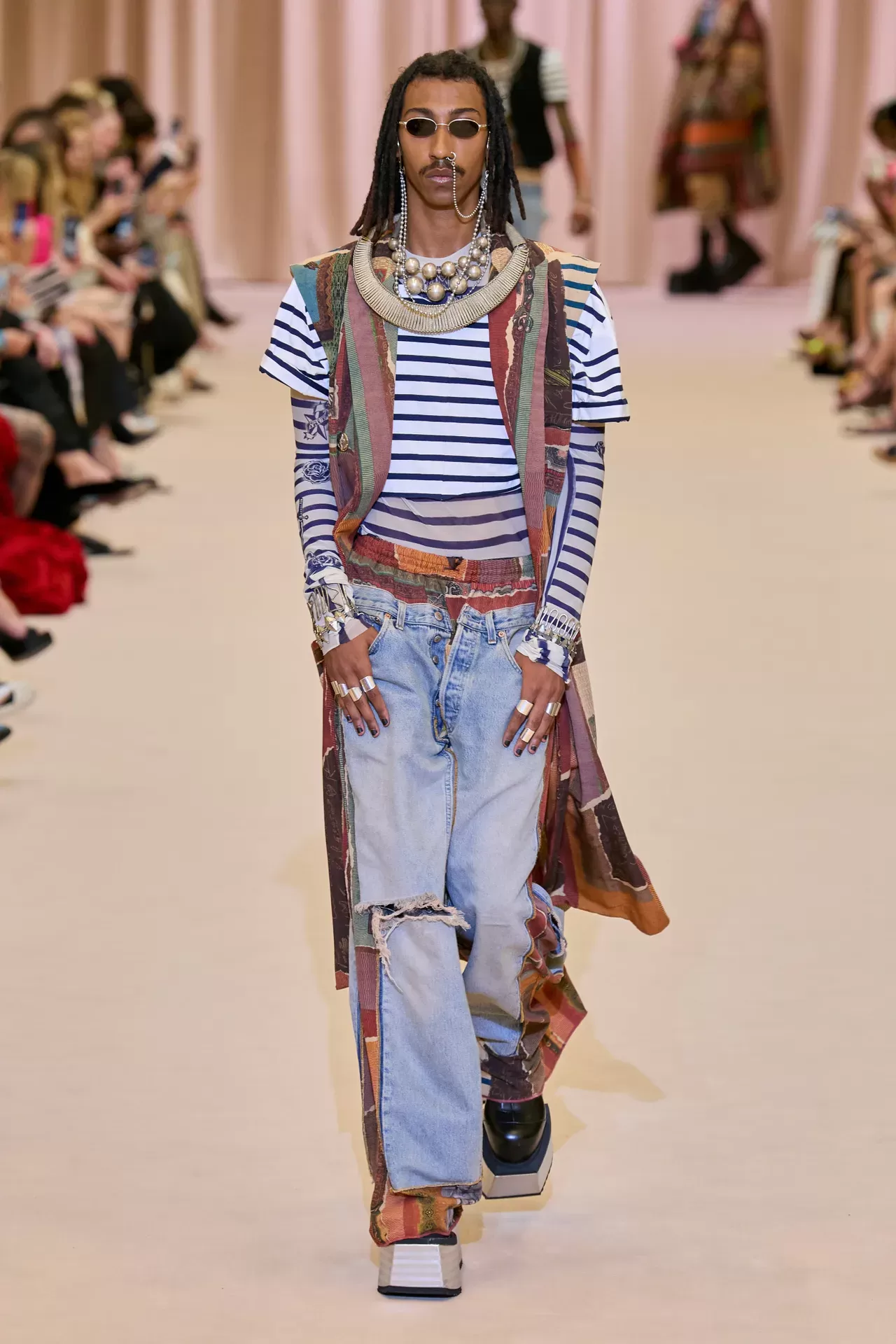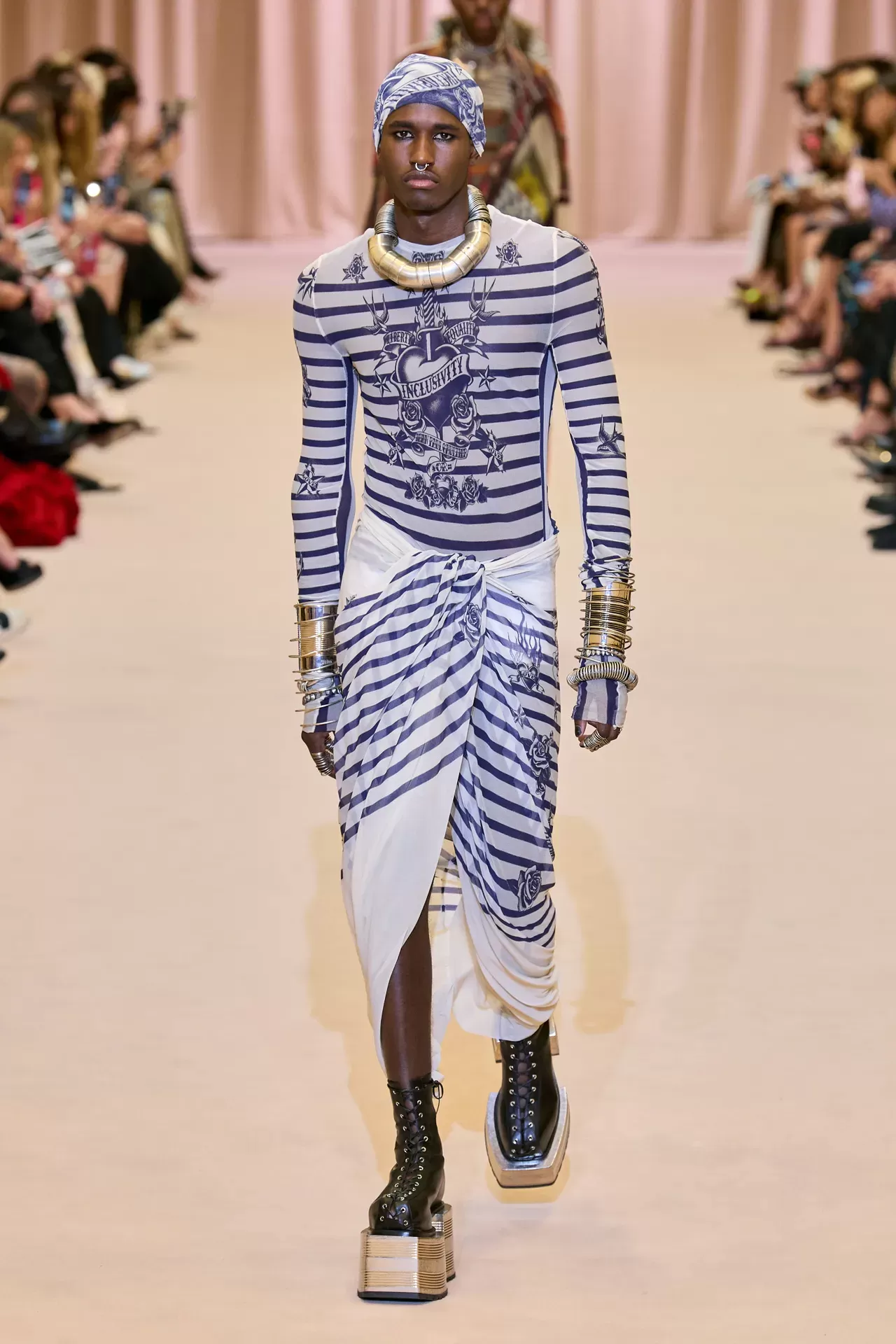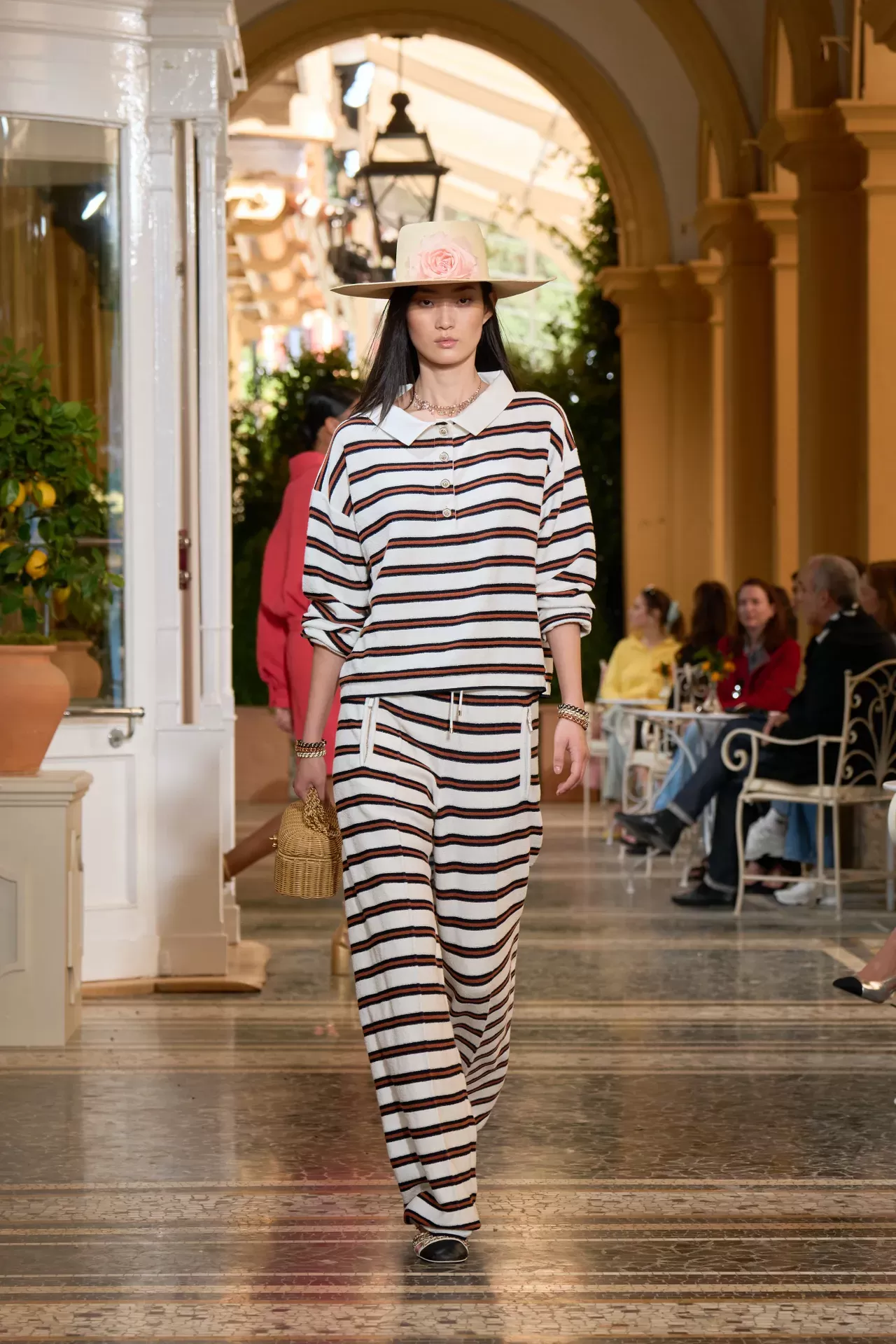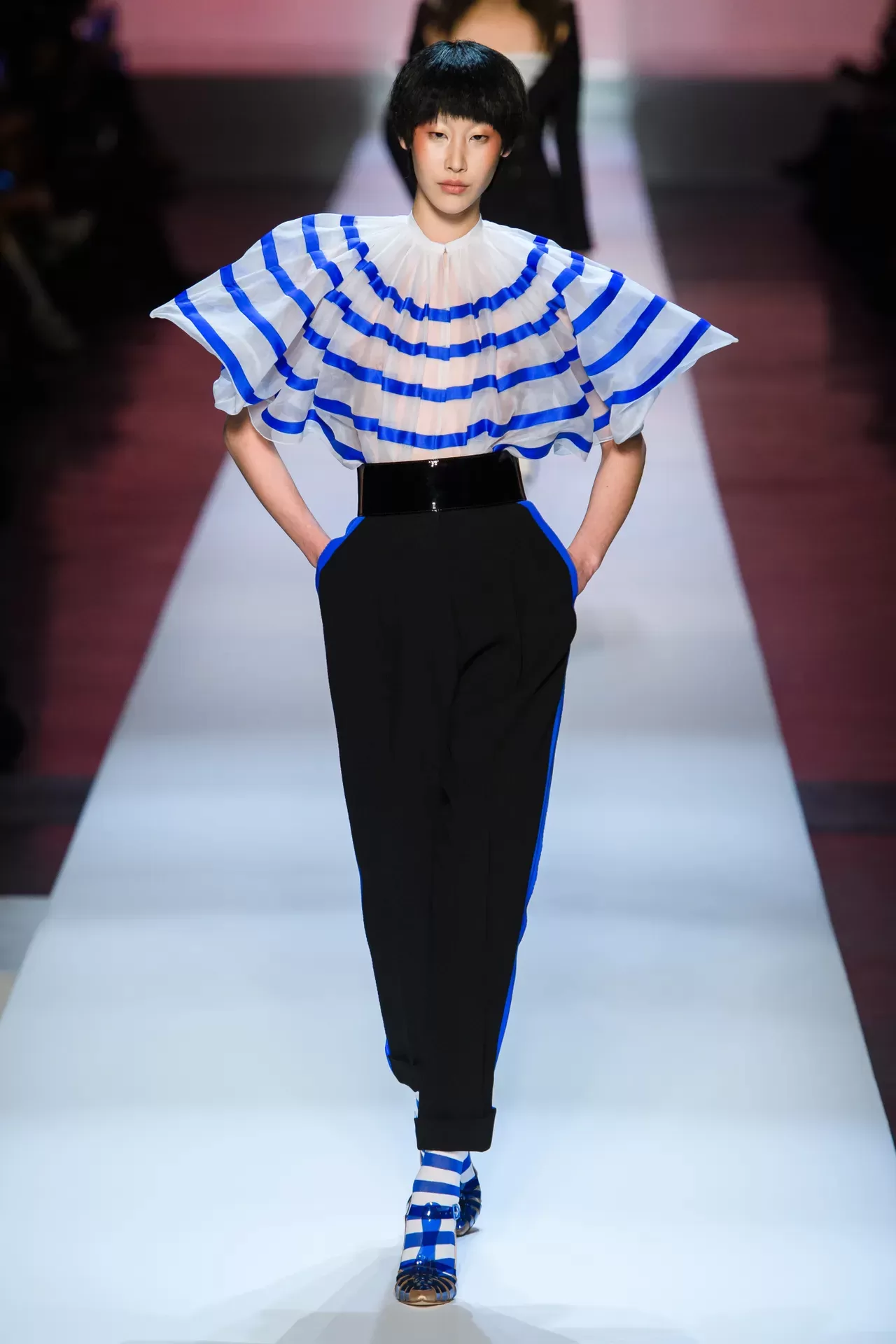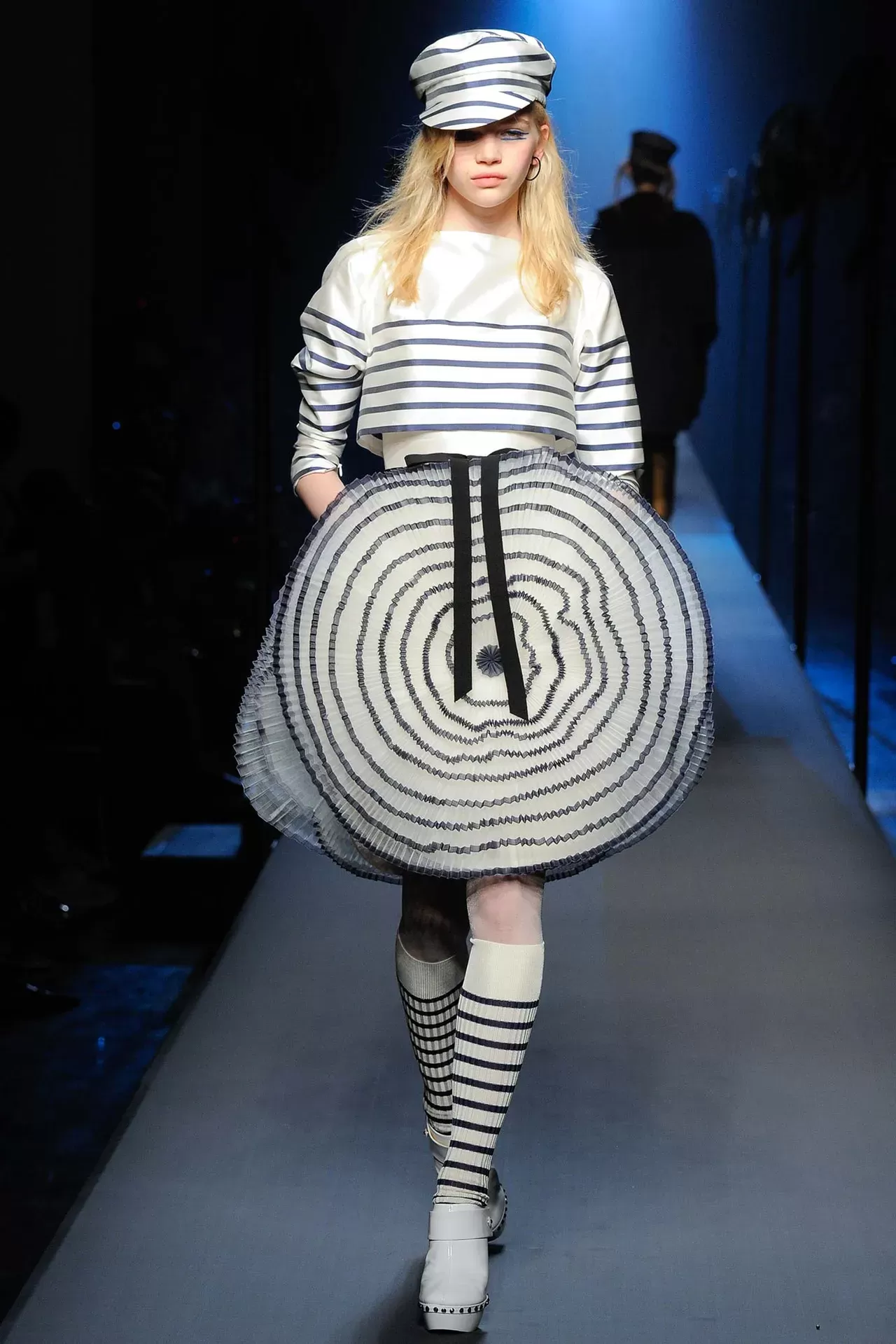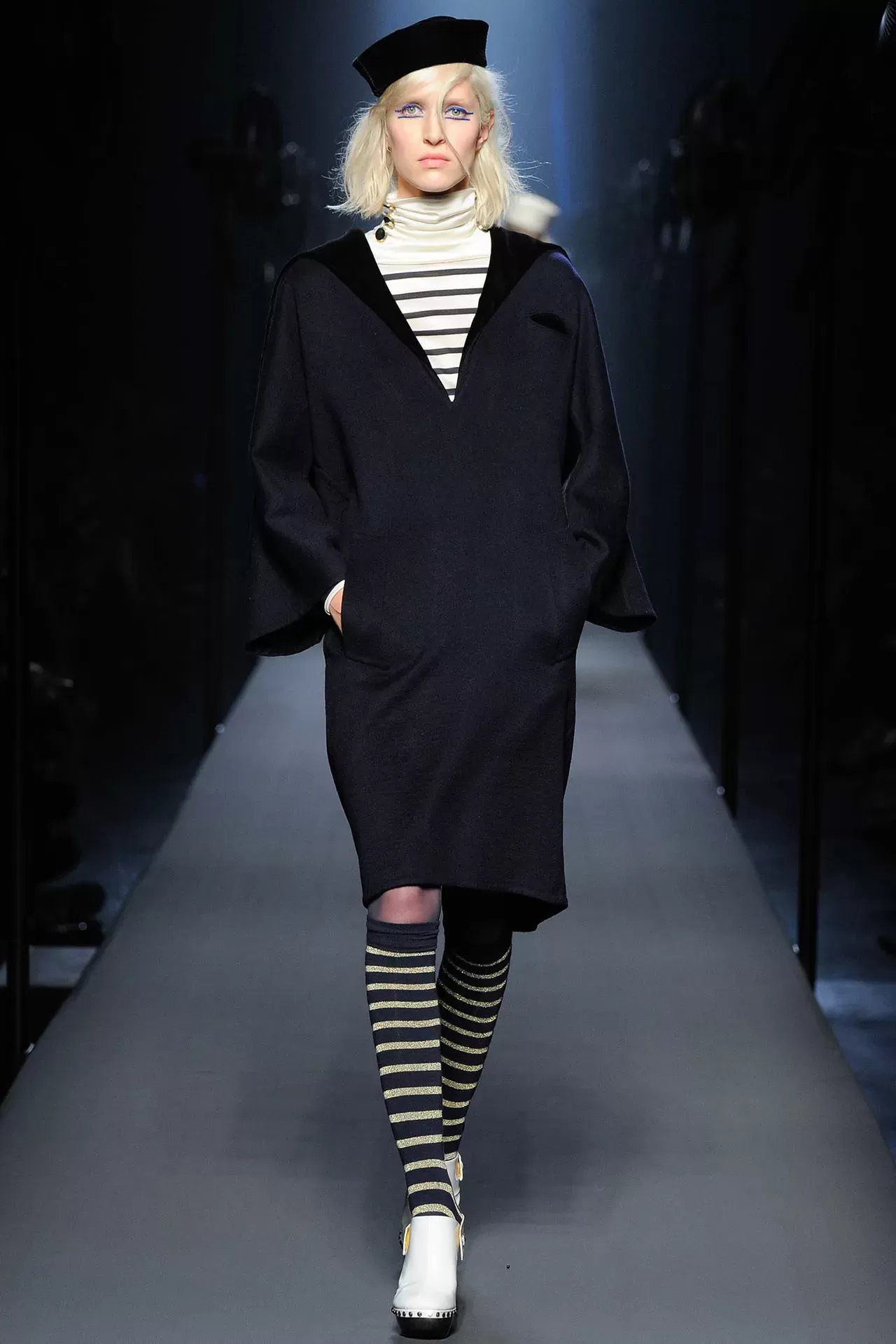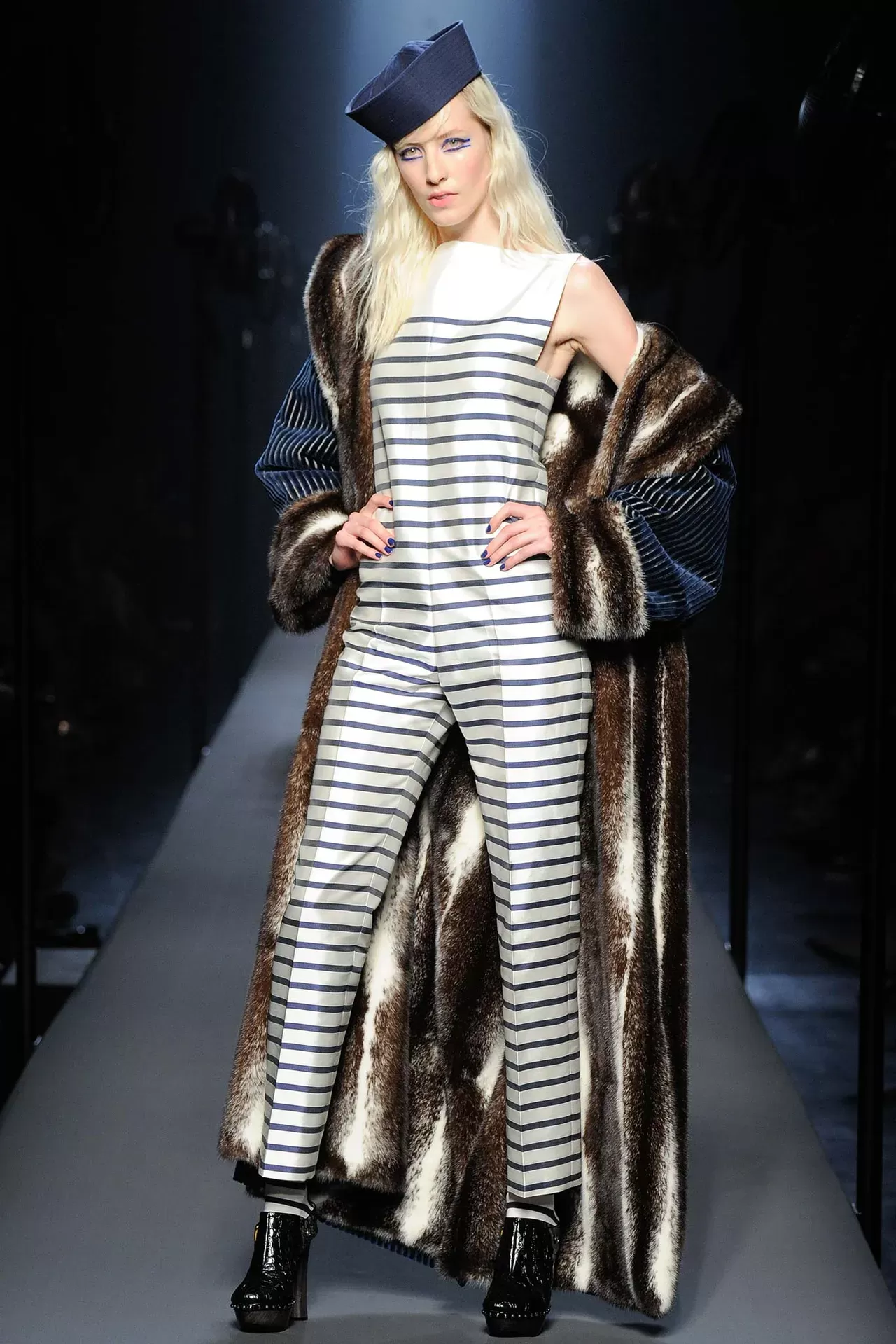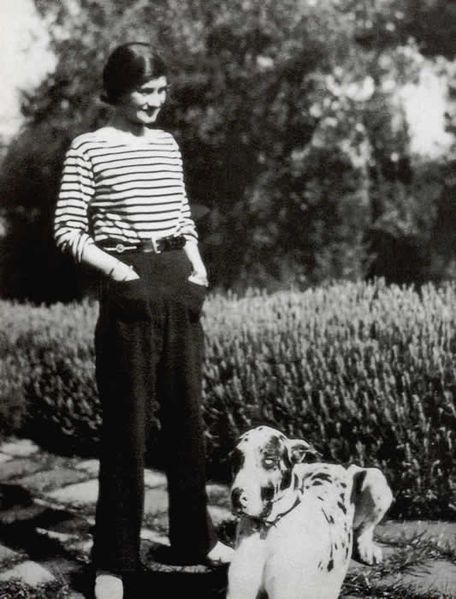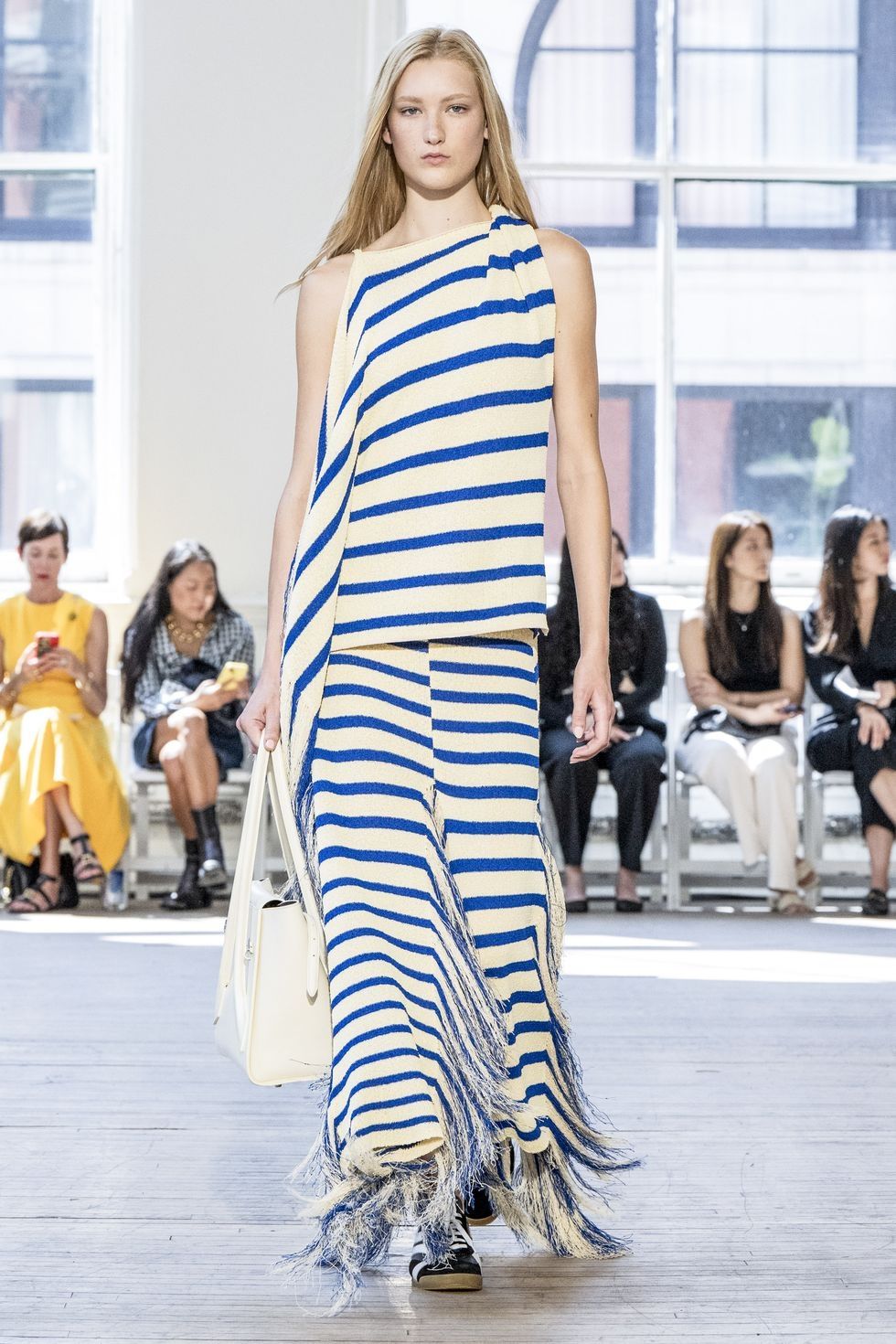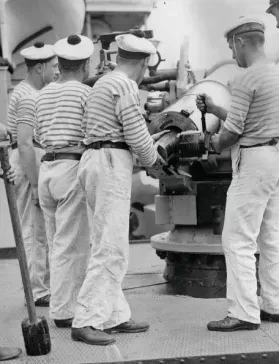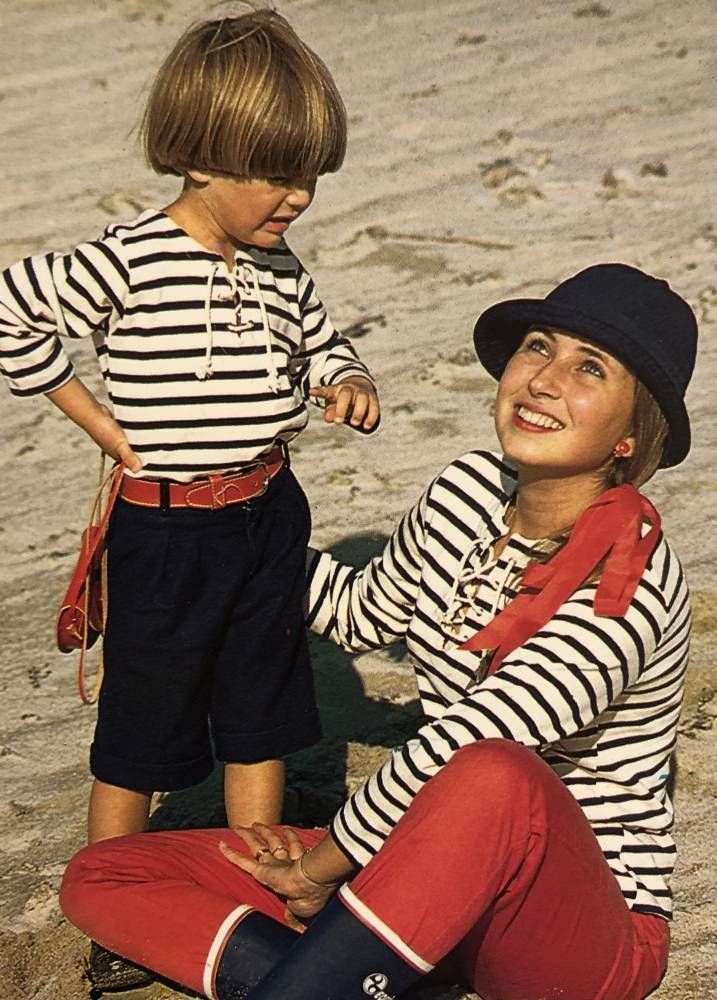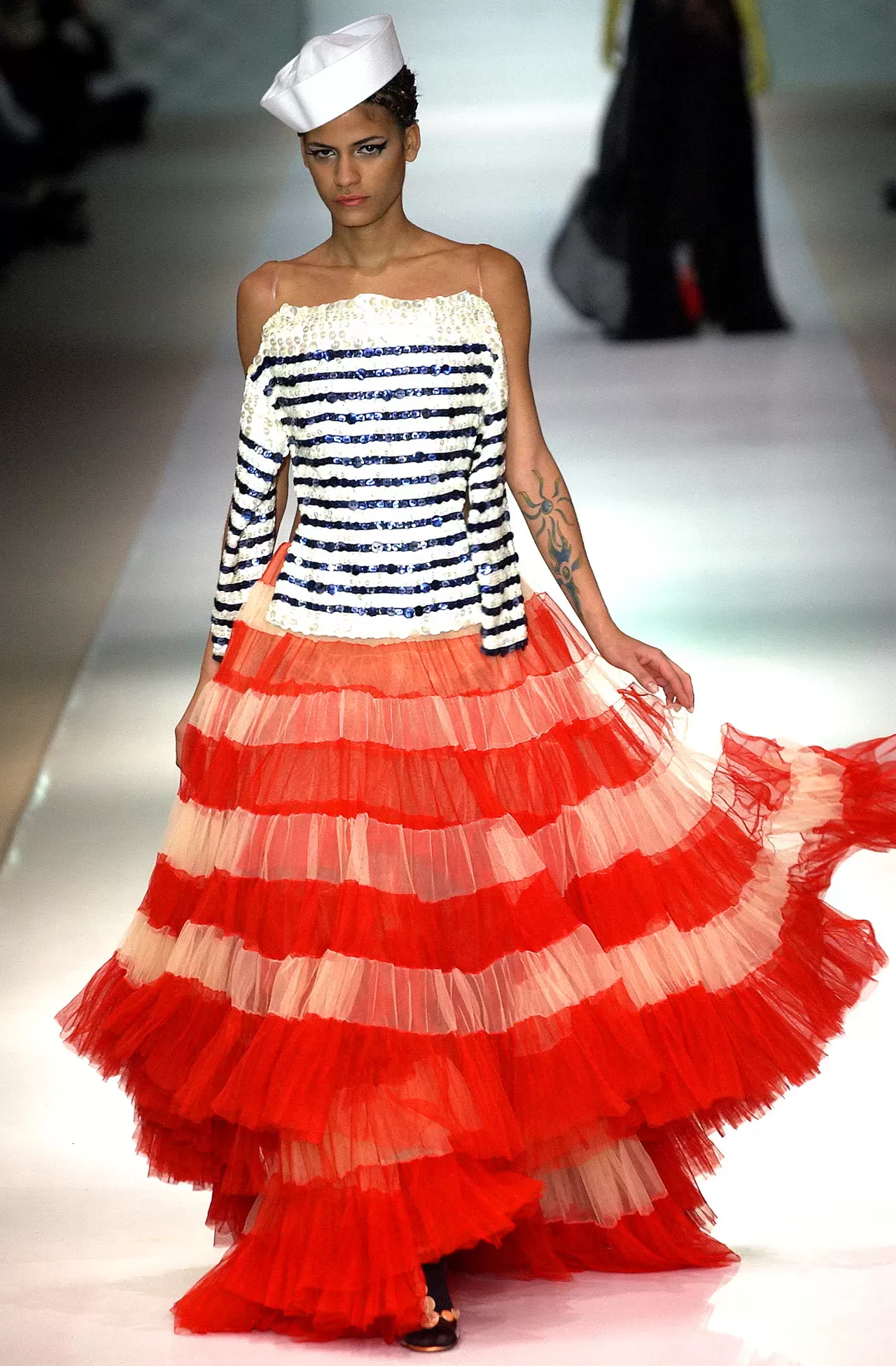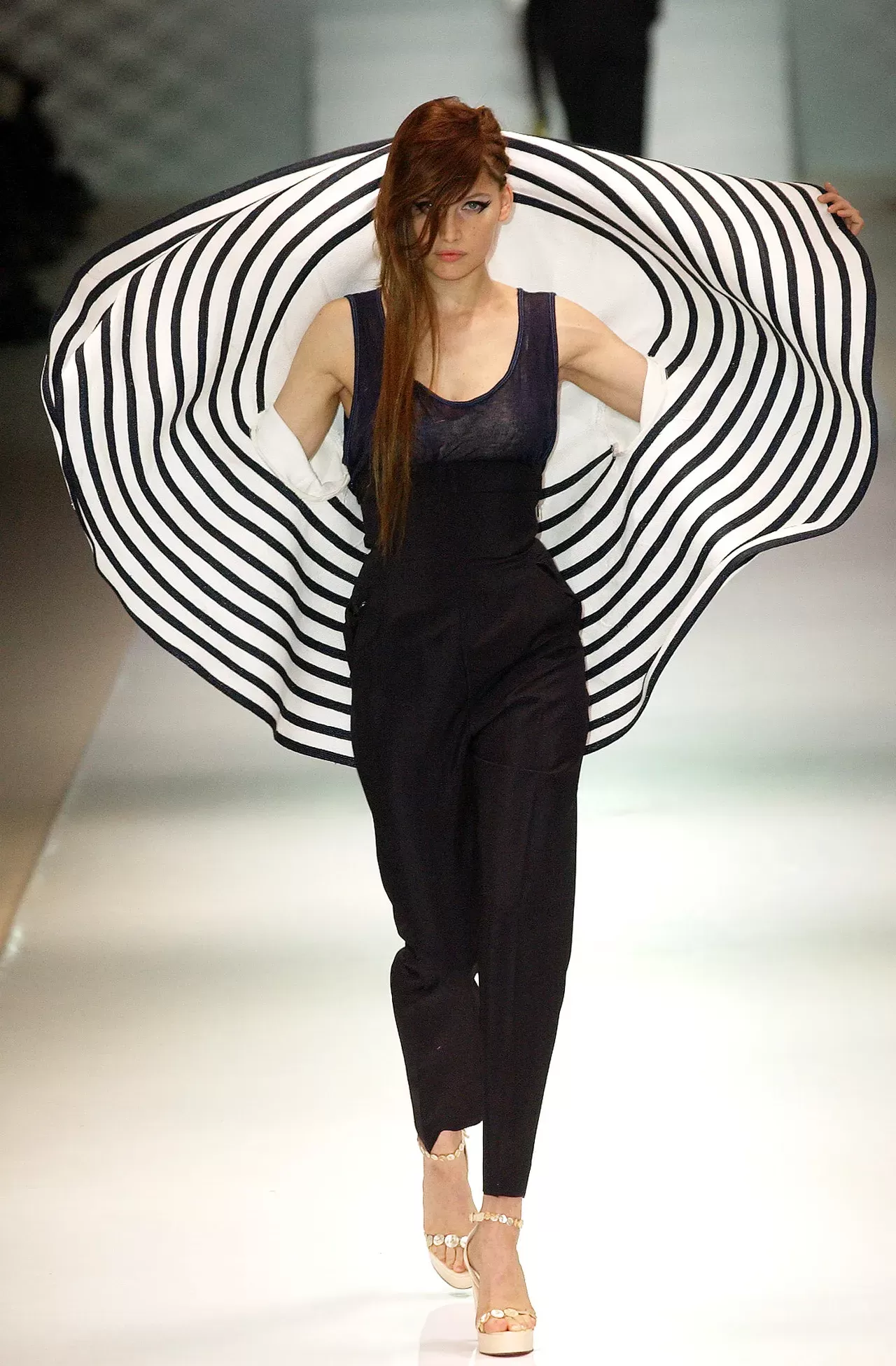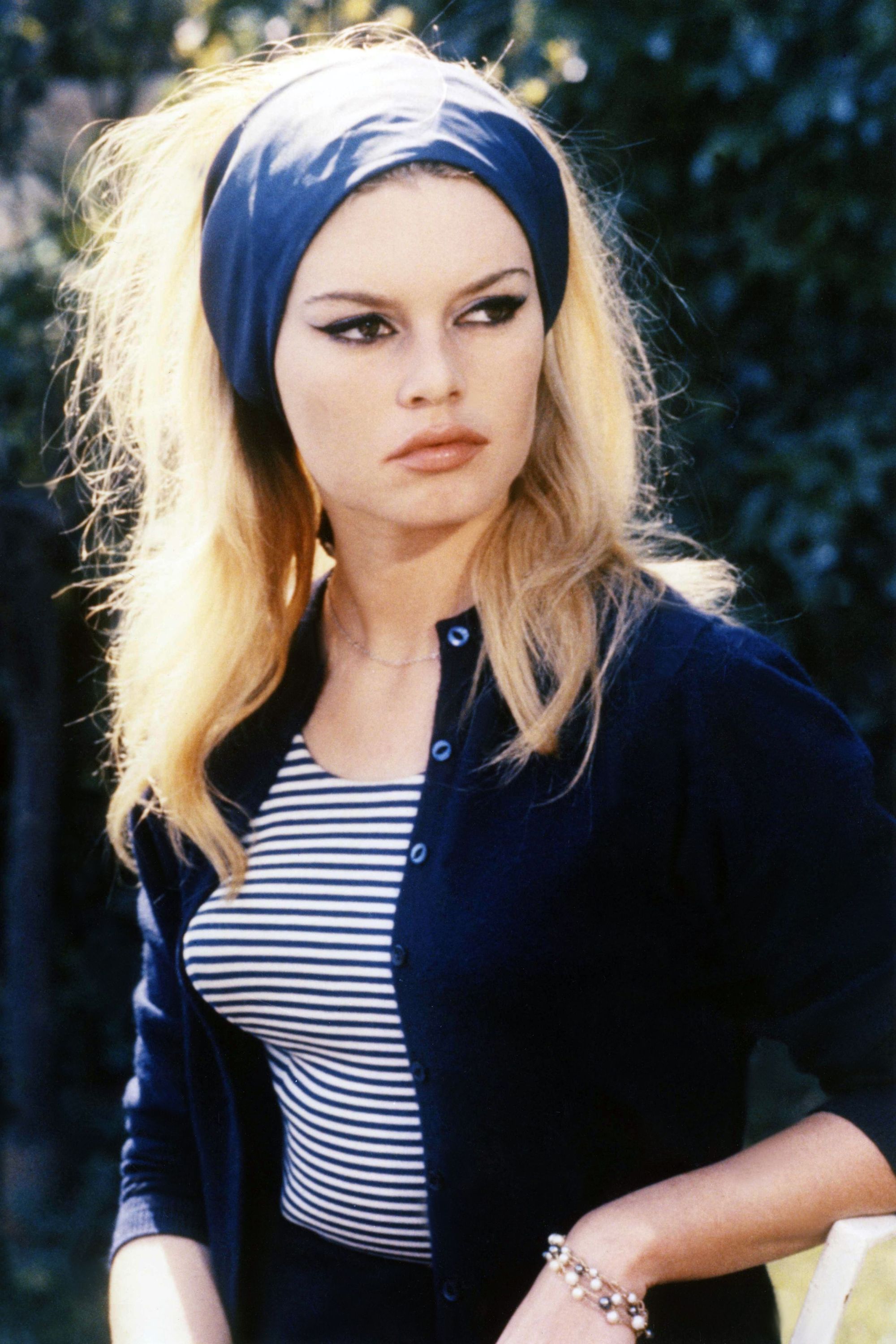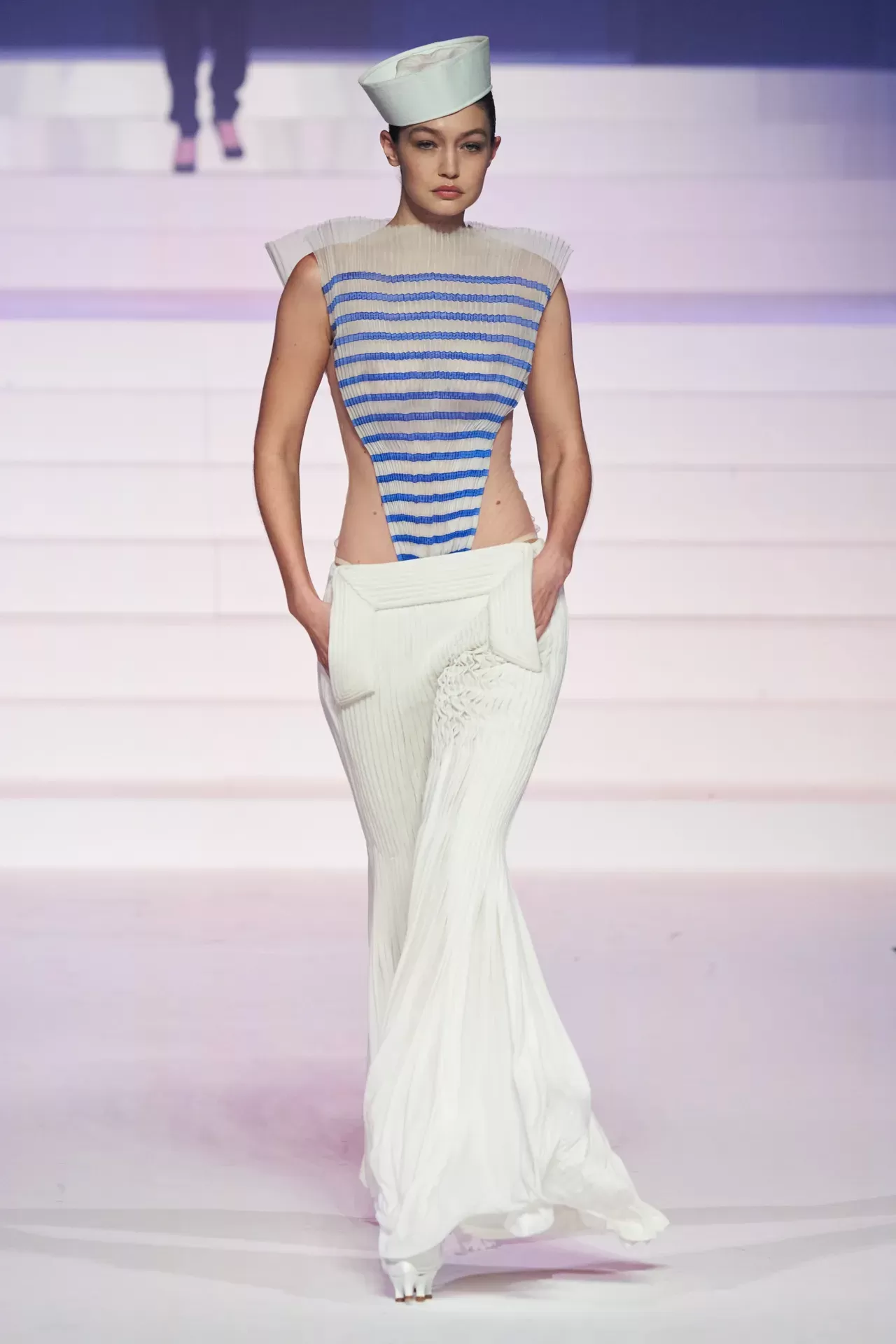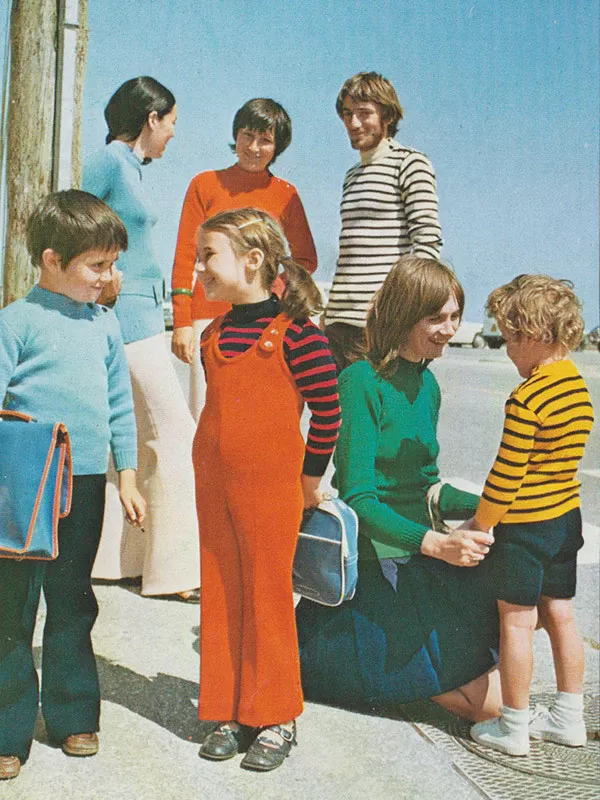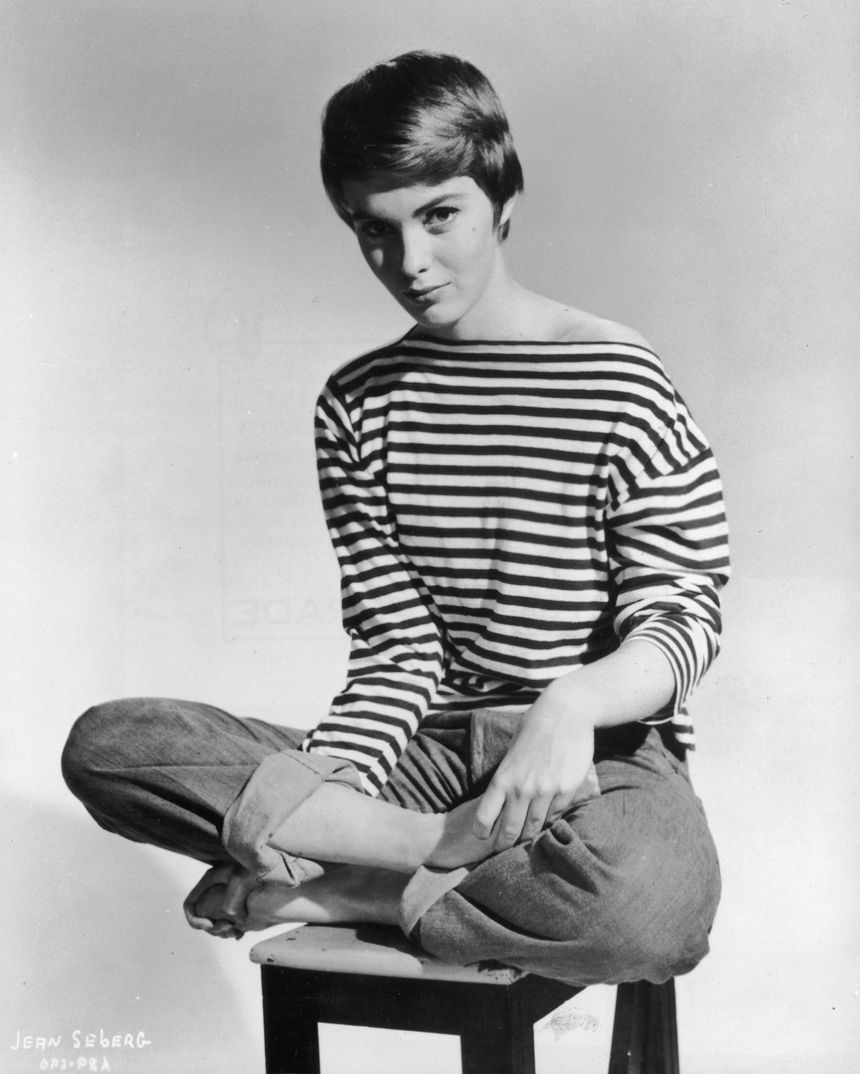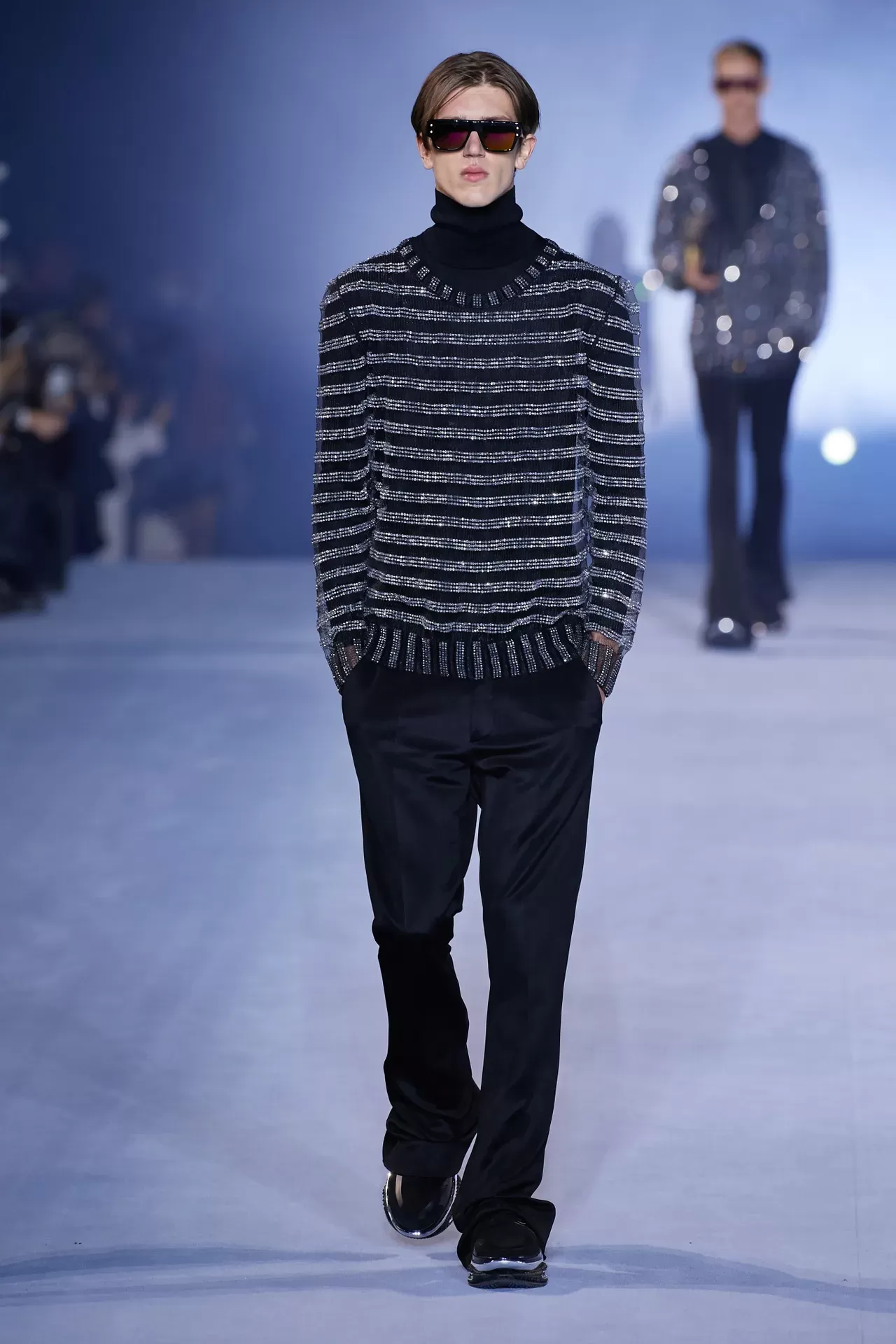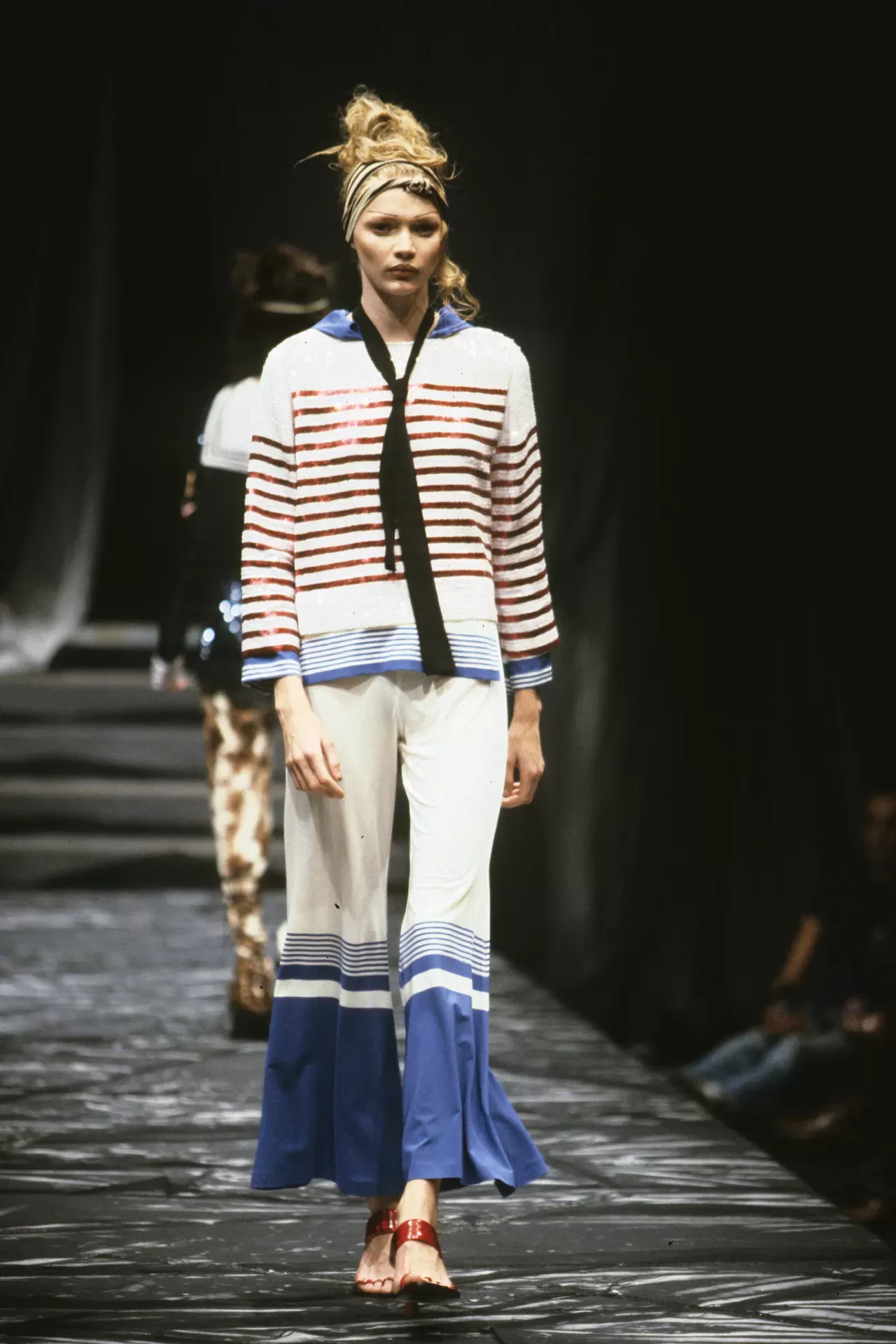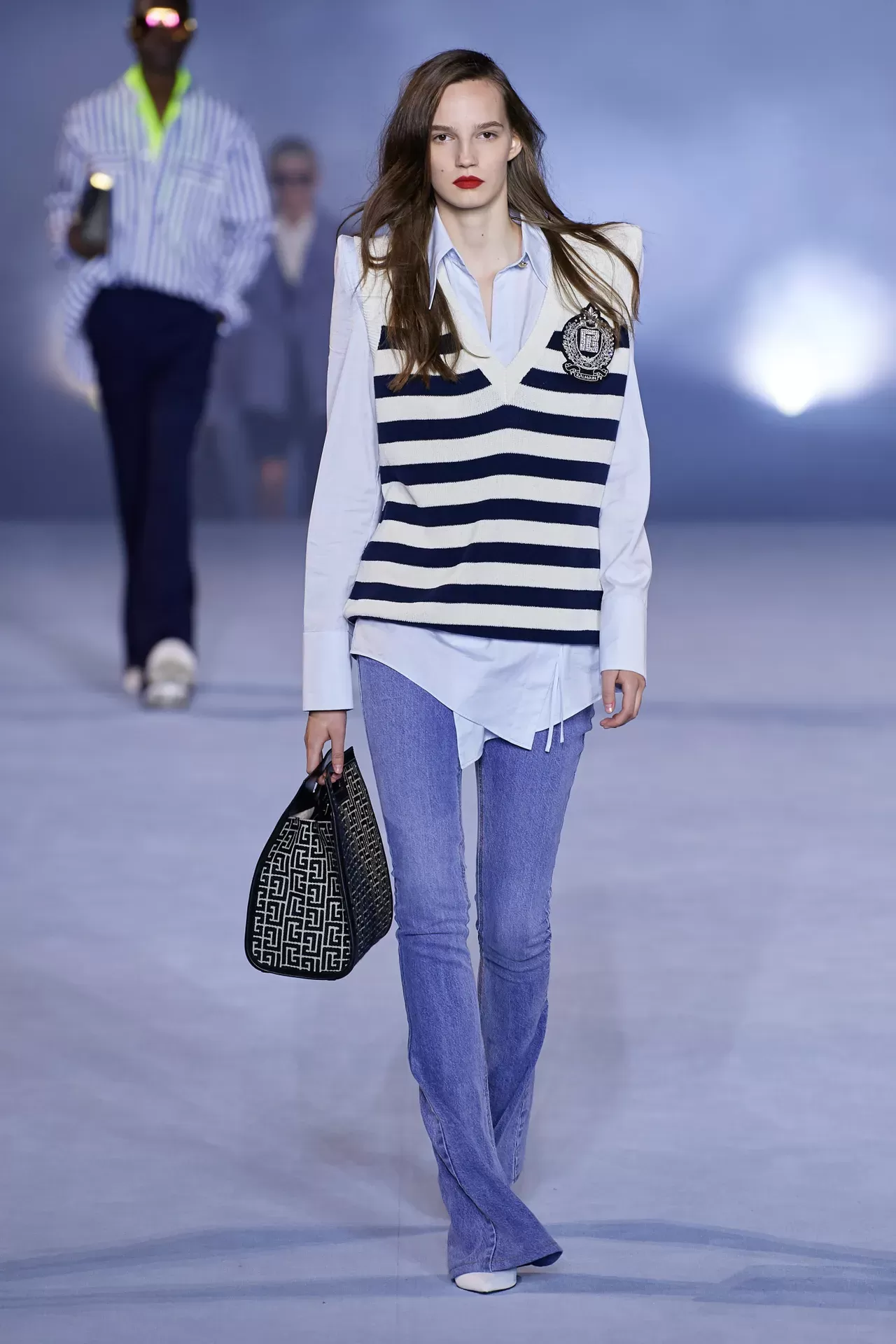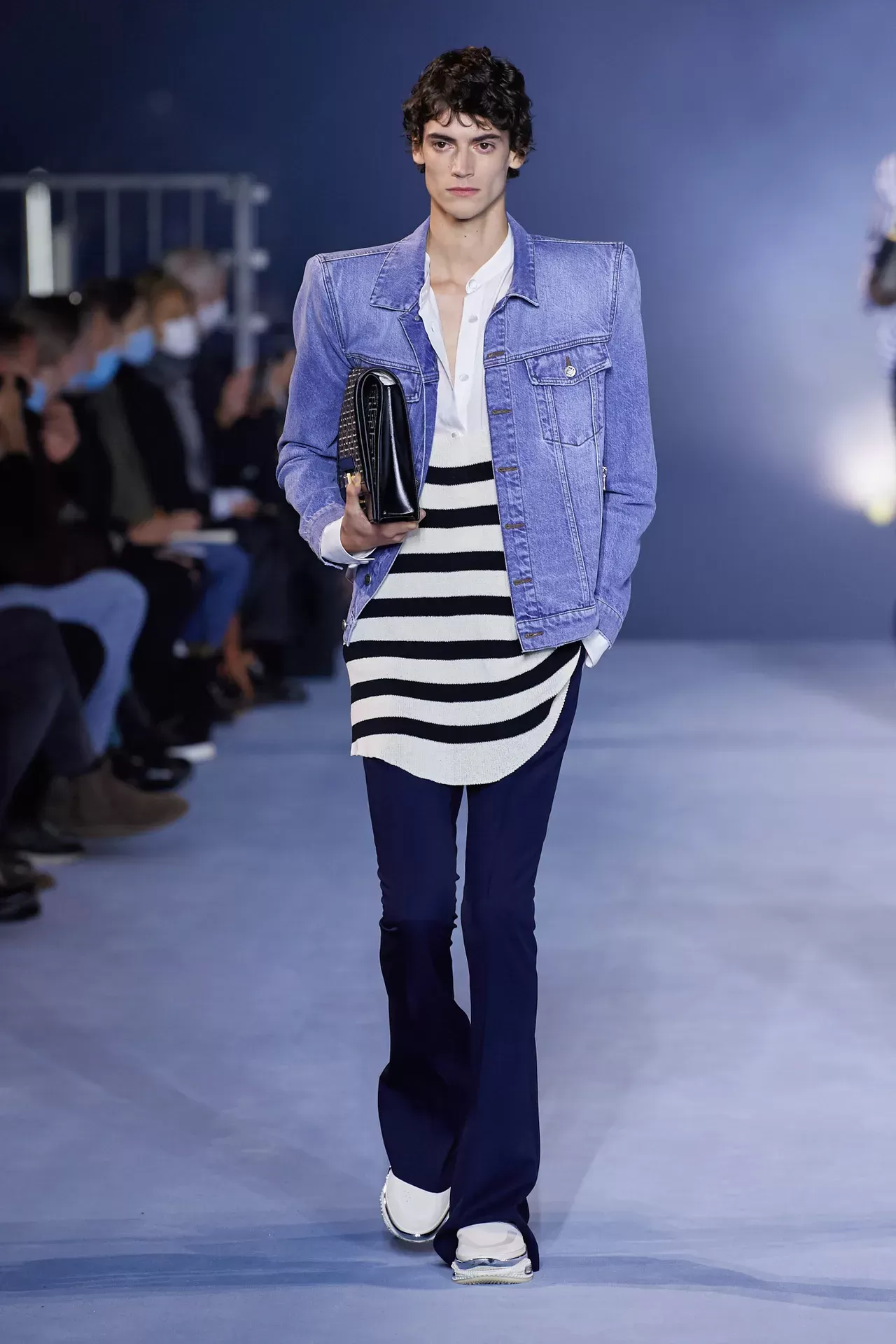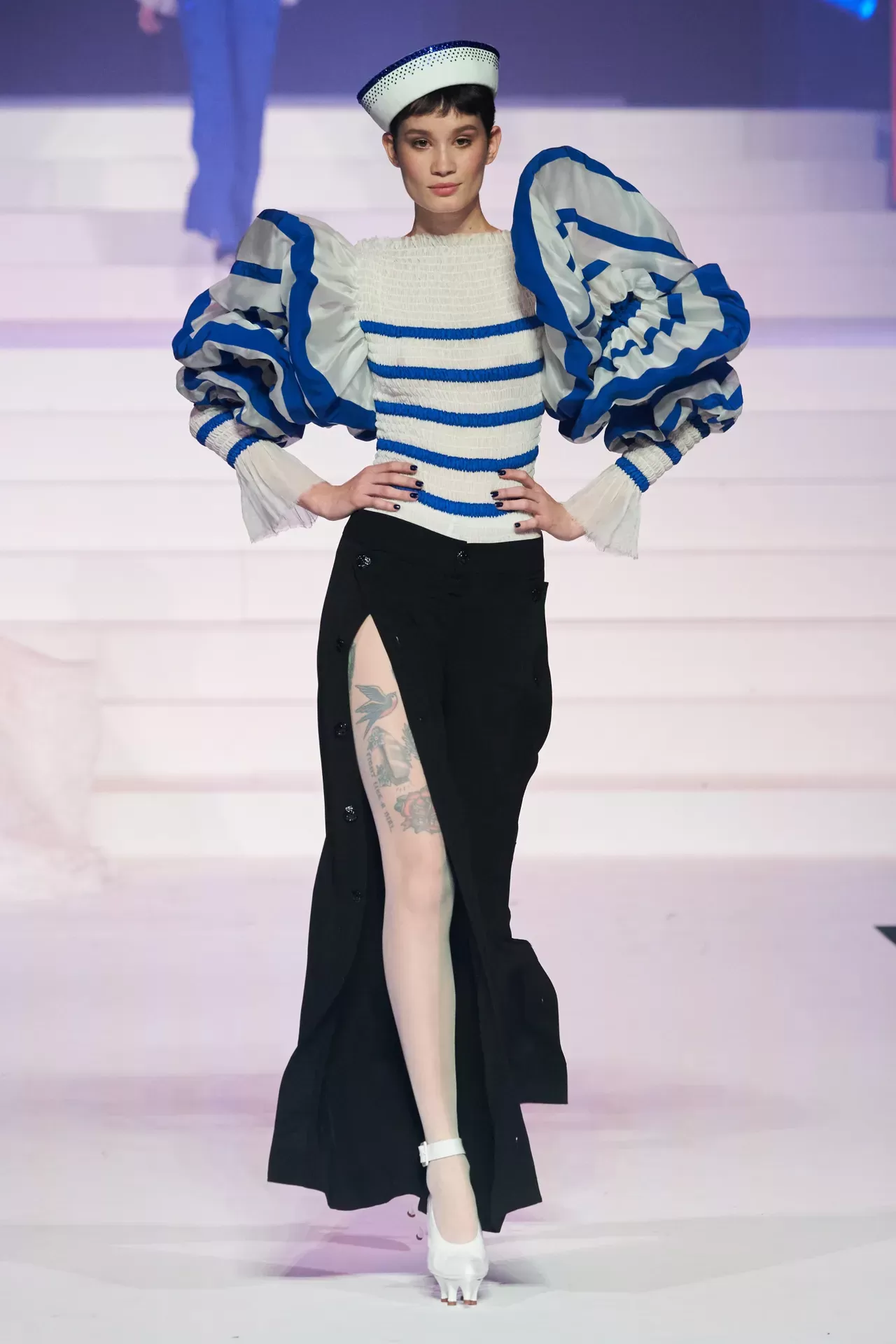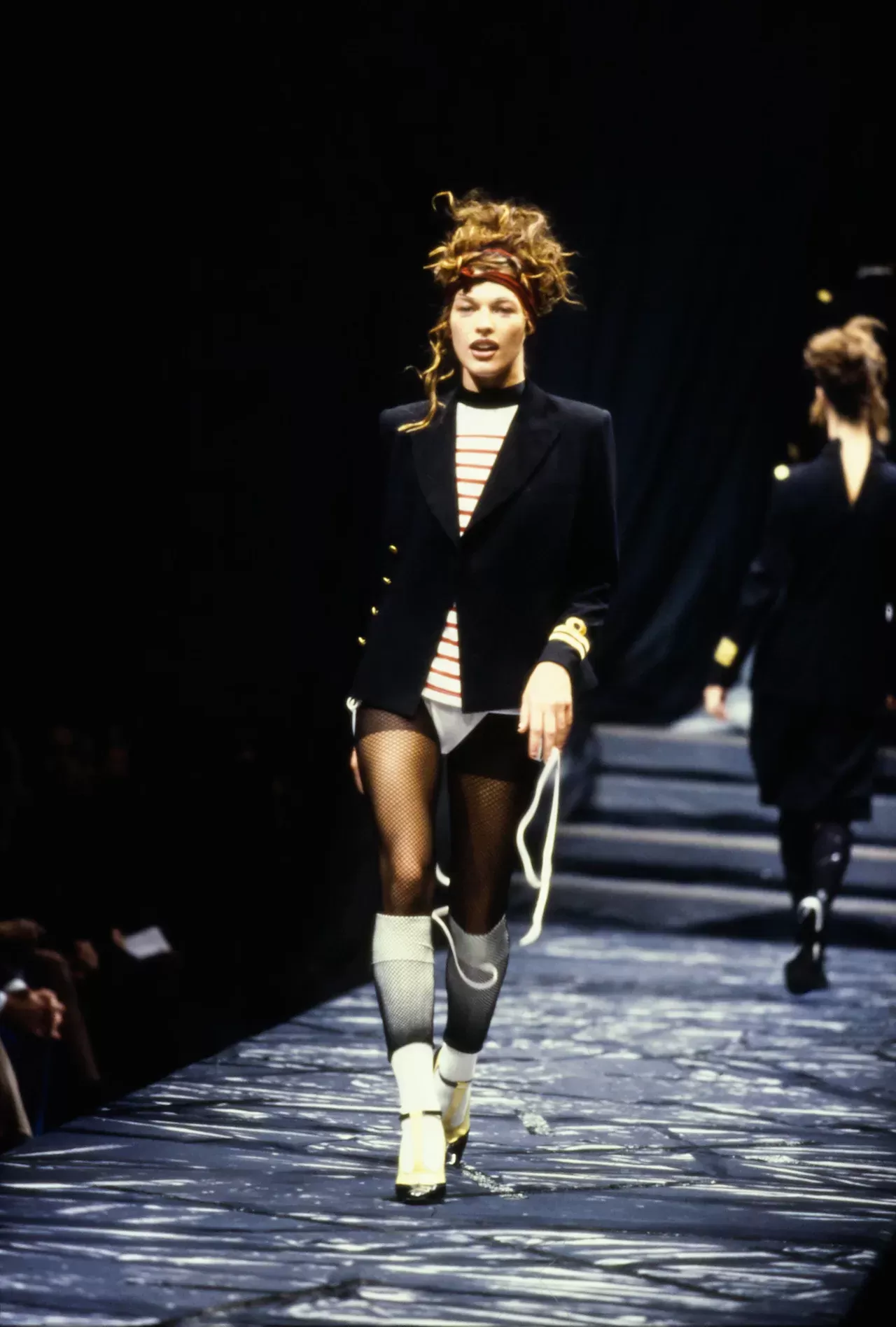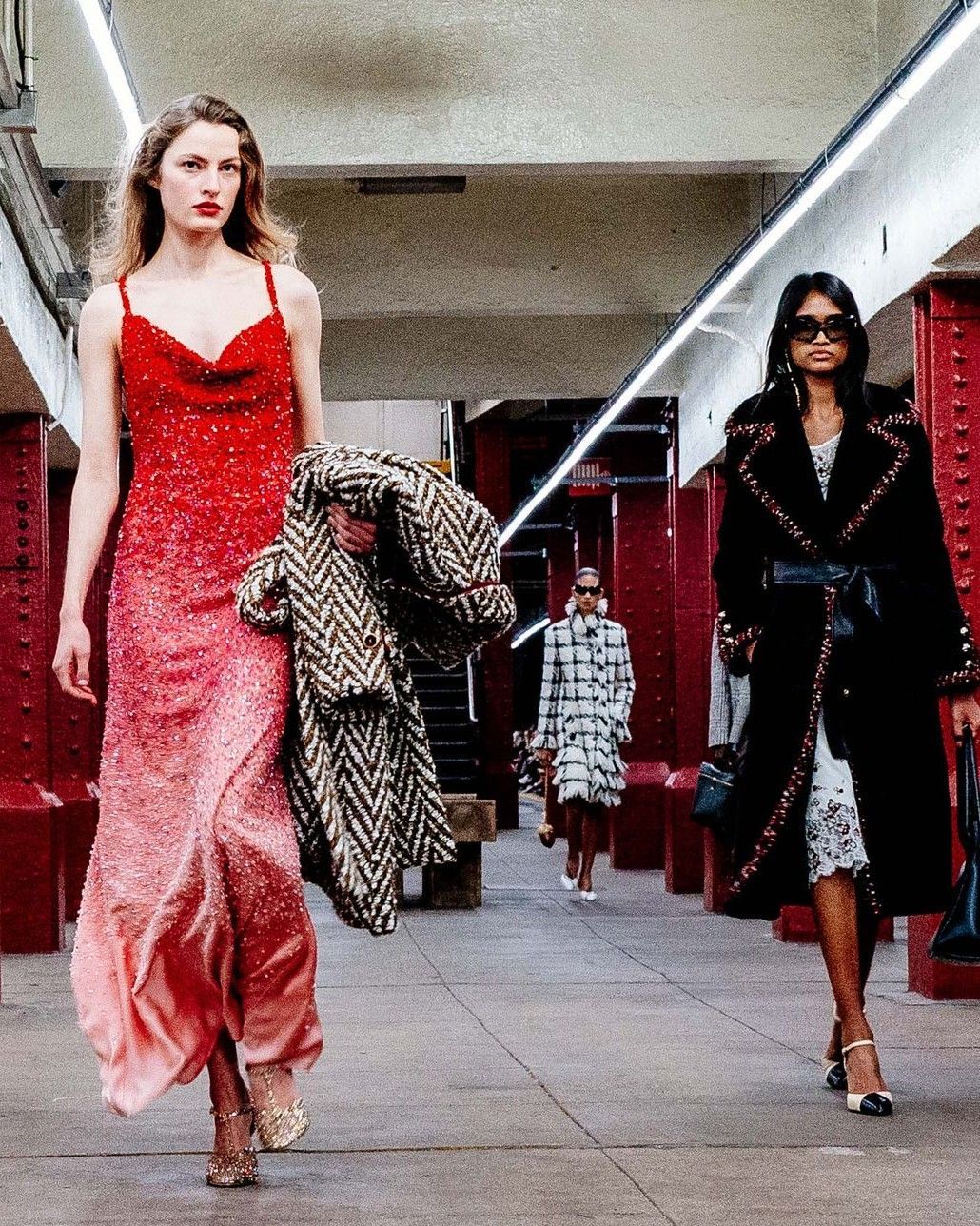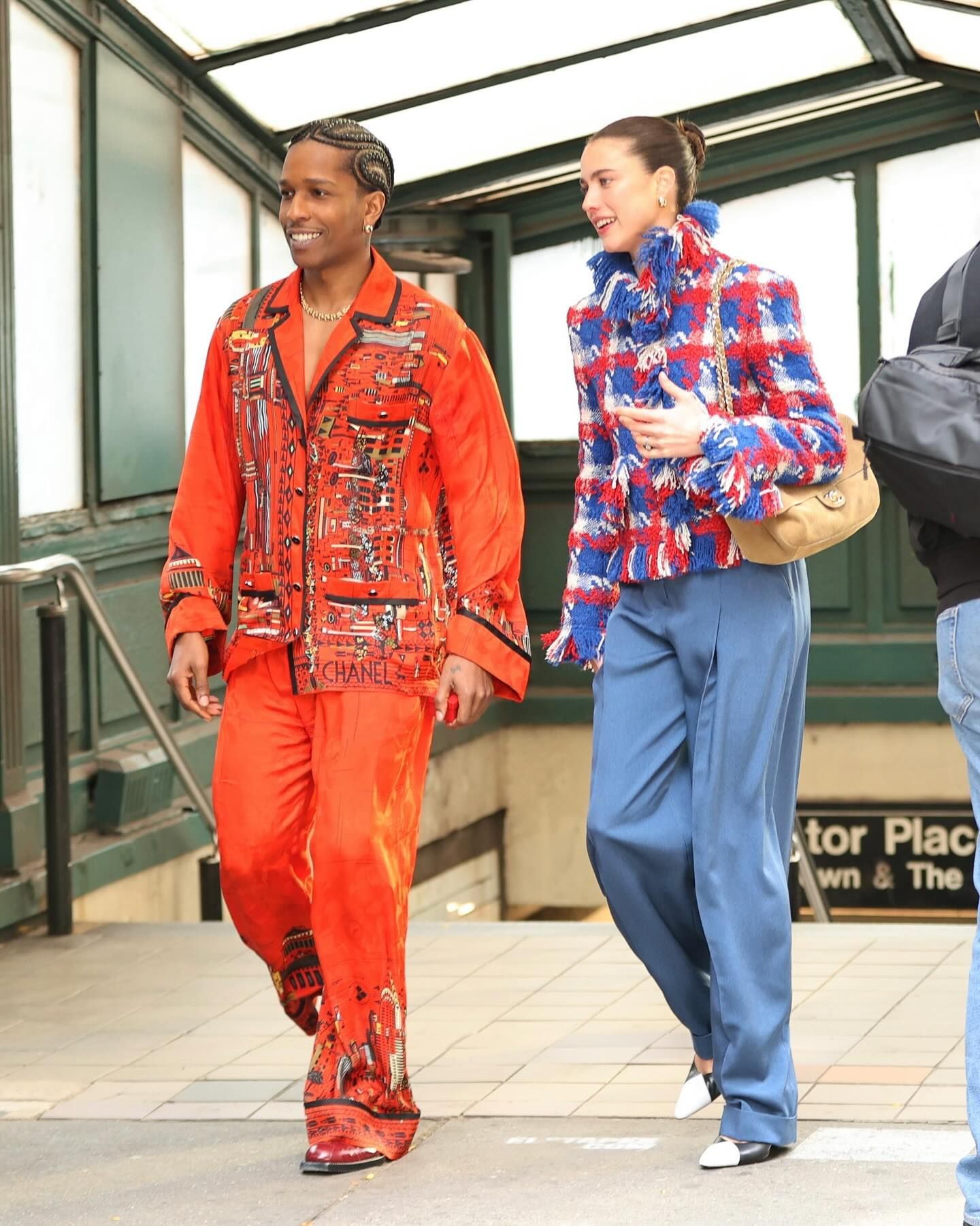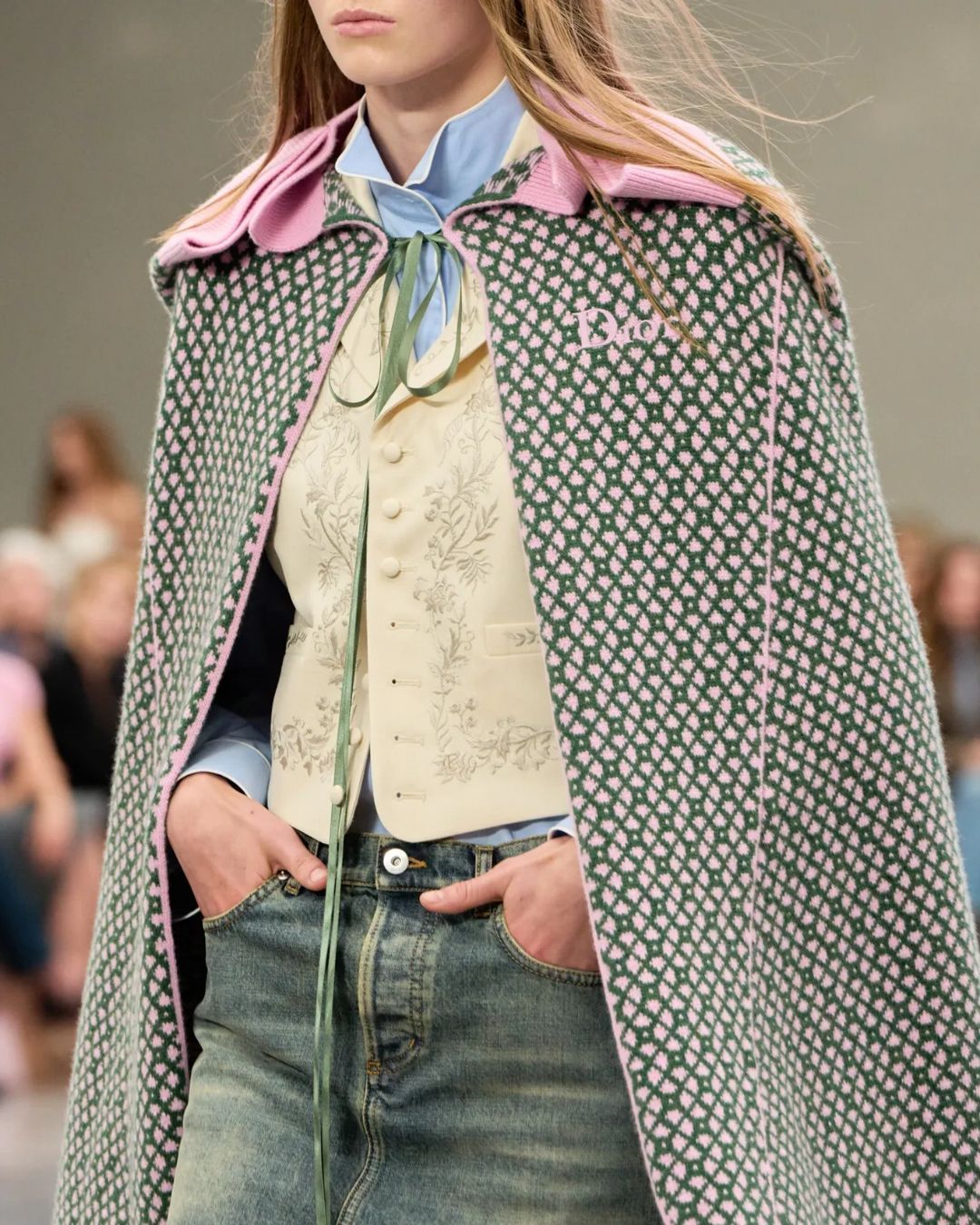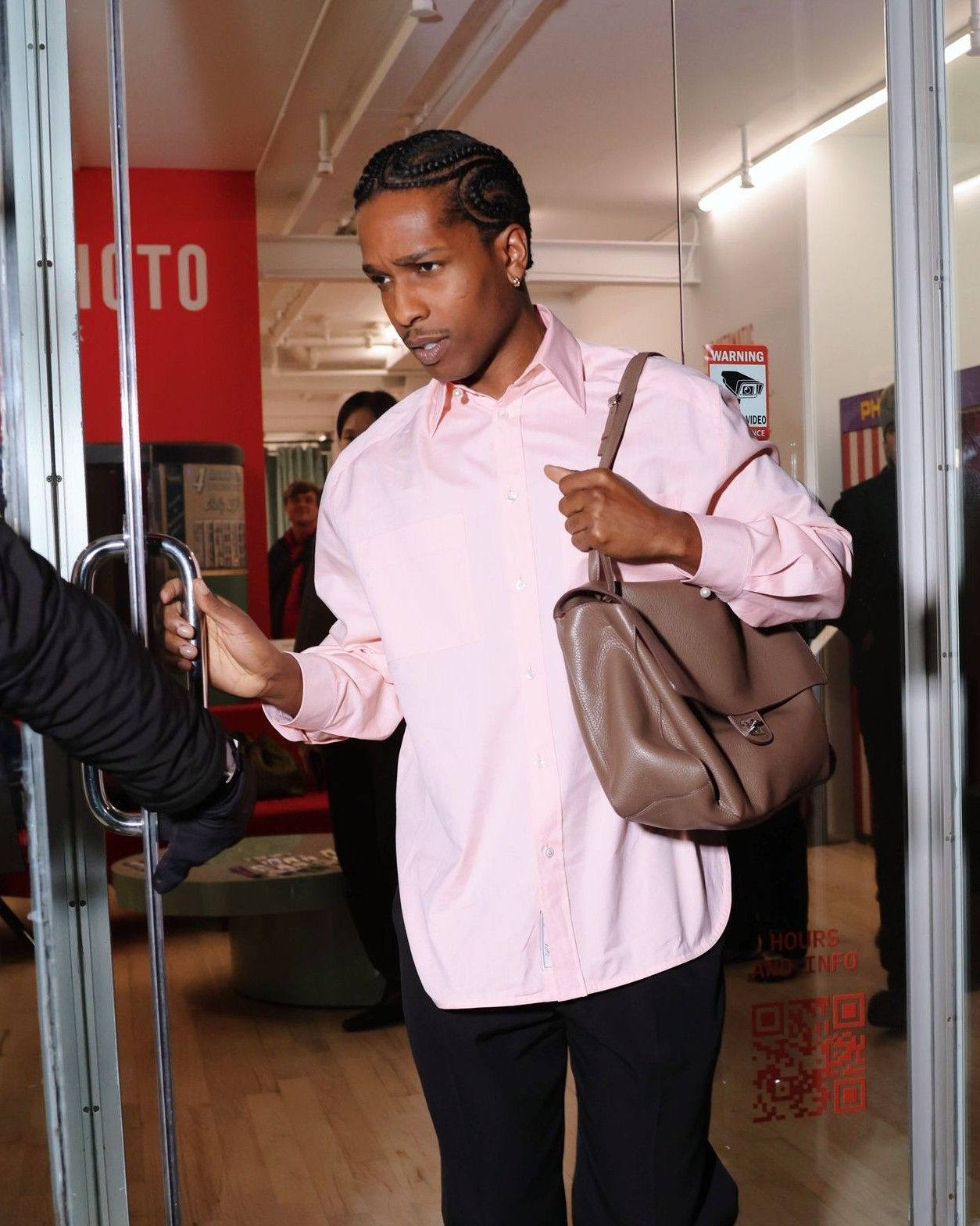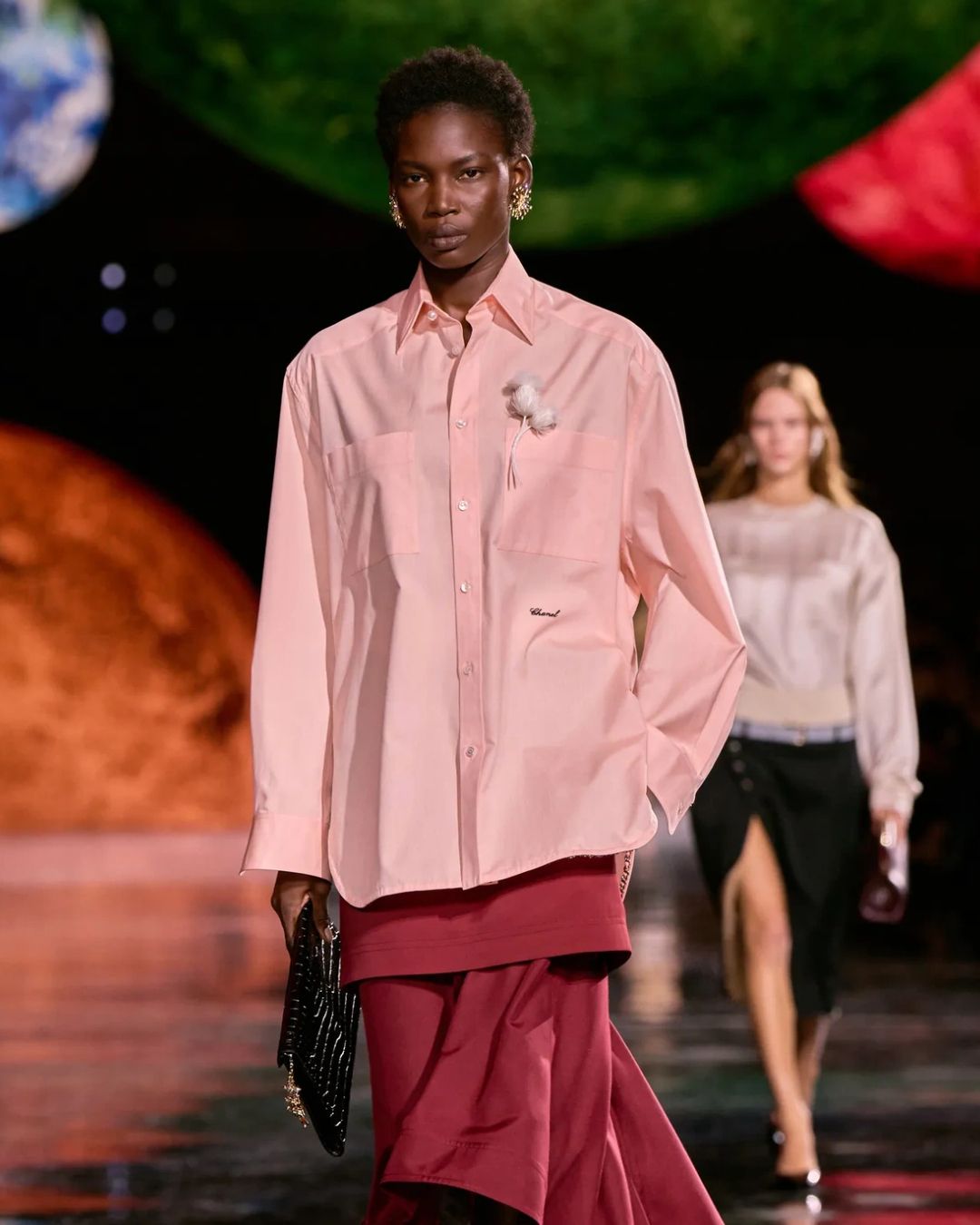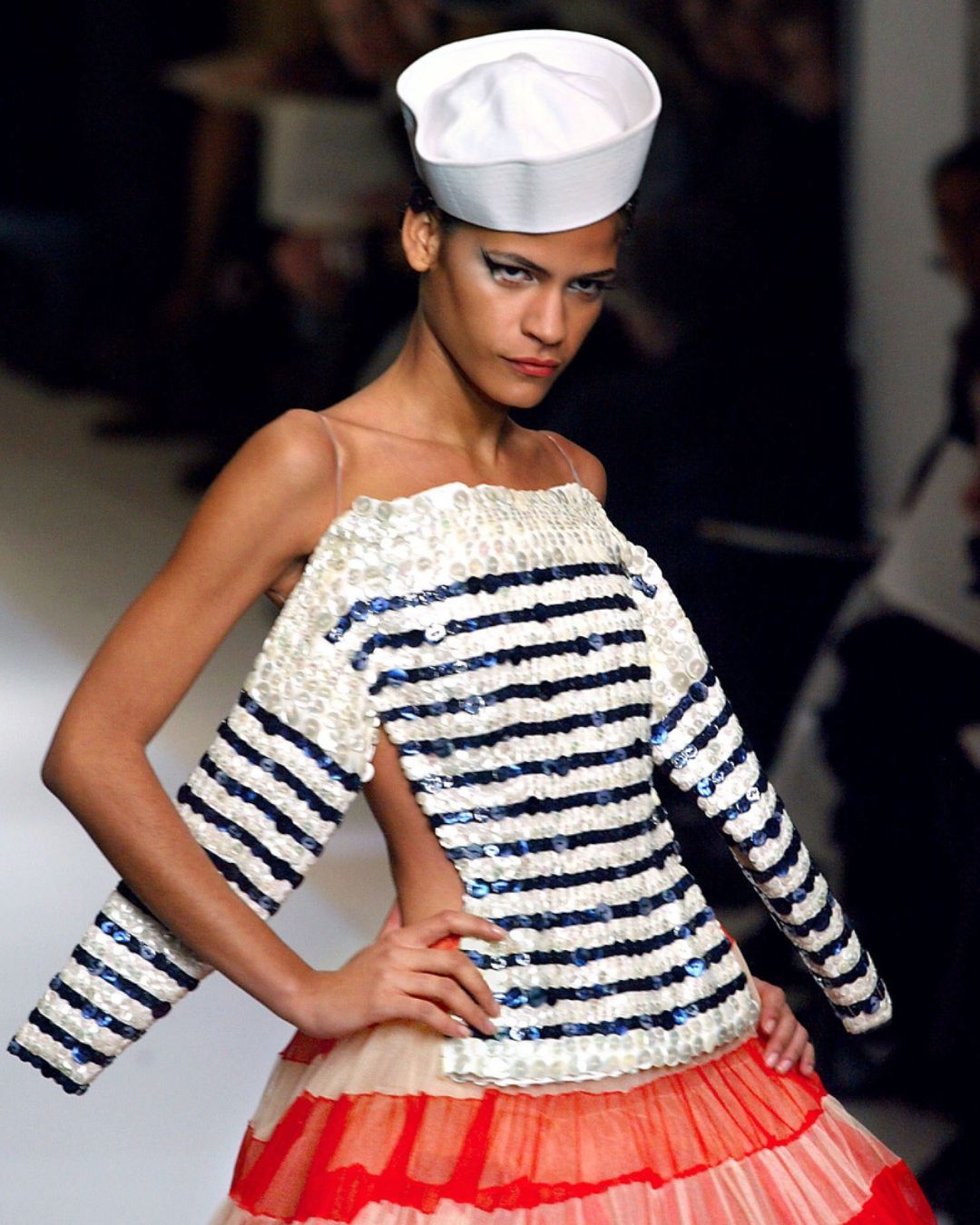
The timeless rise of the french marinière From the depth of the ocean to the catwalks of Fashion Week, here is the story of timeless striped knitting
Official uniform of Where's Waldo, emblem of the French Navy, Breton pride, and a timeless fashion staple, the marinière holds within its navy blue stripes a history that dates back far further than one might imagine, long before Jean Paul Gaultier or even Le Minor’s models. Although today it's a must-have, almost a basic that elevates any minimalist outfit into a chic and thoughtful look, the marinière hasn’t always enjoyed the reputation and praise it receives today. Before being reserved for French naval officers and then adopted as the uniform of sailors of all ranks and from all countries, the marinière was initially worn by prisoners and prostitutes. But things changed in the 19th century. Specifically, on March 27, 1858, when the marinière became the official uniform of French sailors by decree, stating that “The body of the shirt must have 21 white stripes, each twice as wide as the 20 to 21 indigo blue stripes.” 21. No more, no less. 21 stripes representing Napoleon Bonaparte’s 21 victories. 21 stripes that would save many sailors’ lives, making them visible against the sea in case of falling overboard, and that would quickly become iconic outside naval fleets and tight military circles, reaching department store windows and the runways of top fashion shows.
As early as 1913, the marinière left behind its status as workwear to become a true fashion icon, thanks to a legendary figure in the revolution of women’s clothing: Gabrielle Chanel. As World War I broke out, Coco Chanel took refuge in Deauville, by the sea, where her perception and design of fashion evolved, inspired not only by the surrounding equestrian world but also by the sea and the sailors' uniforms. Thus, the marinière entered her boutique's collections, discovered by the French upper class and others seeking refuge in Deauville, away from war and danger. But the marinière didn’t disappear with Coco Chanel, who passed away in 1971. Popularized by the Breton knitwear company Le Minor, the official supplier of sailors, the marinière would also be cherished and reimagined by Gabrielle Chanel’s successor, Karl Lagerfeld, who during his 36-year tenure at the helm of the House continued to reinvent it, especially in his famous cruise collections like La Pausa in 2019.
But let’s not get ahead of ourselves. A few years after Coco Chanel and the marinière’s debut on the fashion scene, the striped knit would experience a revival of popularity thanks to a brand-new channel: cinema. In 1938, Jean Seberg, her pixie cut, but especially her marinière became muses for countless women thanks to the film Breathless, followed by Brigitte Bardot and her equally inspiring striped top in 1963’s Contempt. In the early 80s came Querelle, a somewhat lesser-known and more provocative film, yet one that sparked unprecedented inspiration in a very special designer: Jean Paul Gaultier. The love at first sight between the Enfant terrible and the ripped muscles of Brad Davis and his marine aesthetic was instant. While the marinière was already part of Gaultier’s visual and fashion language—he even wore one to salute the audience at his first men’s show in 1978—the striped knit officially became part of his brand’s DNA in 1983 with his Toy Boy collection, which honored sailors' T-shirts. Many of Gaultier’s collections would feature marinières, or even revolve entirely around the concept, like his SS97, which embraced various navy style codes, his SS03, his 2015 Couture collection, and of course his SS20, the designer’s very last.
But even in retirement, the marinière continues to infuse Jean Paul Gaultier’s DNA through his guest designers, including Olivier Rousteing, Glenn Martens, and more recently Duran Lantink, who even in his eponymous label’s collections enjoys reinterpreting the striped pattern in all forms and colors. Could it be that this homage to Gaultier’s codes earned him the artistic director role at the brand? Who knows. What we do know is that the new wave of designers, such as the duo McCollough and Hernandez from Proenza Schouler (whose Loewe debut is eagerly awaited), or Daniel Roseberry at Schiaparelli, are not hesitating to carry on the legacy of the marinière—be it in classic blue, red, black, as a dress, a structured jacket, or even a veil. The years pass, trends come and go, some disappear forever, but the marinière remains.


